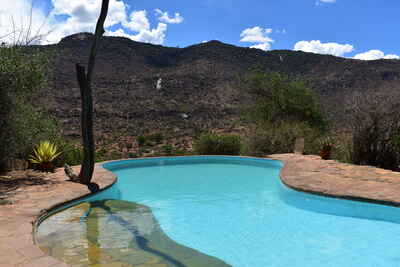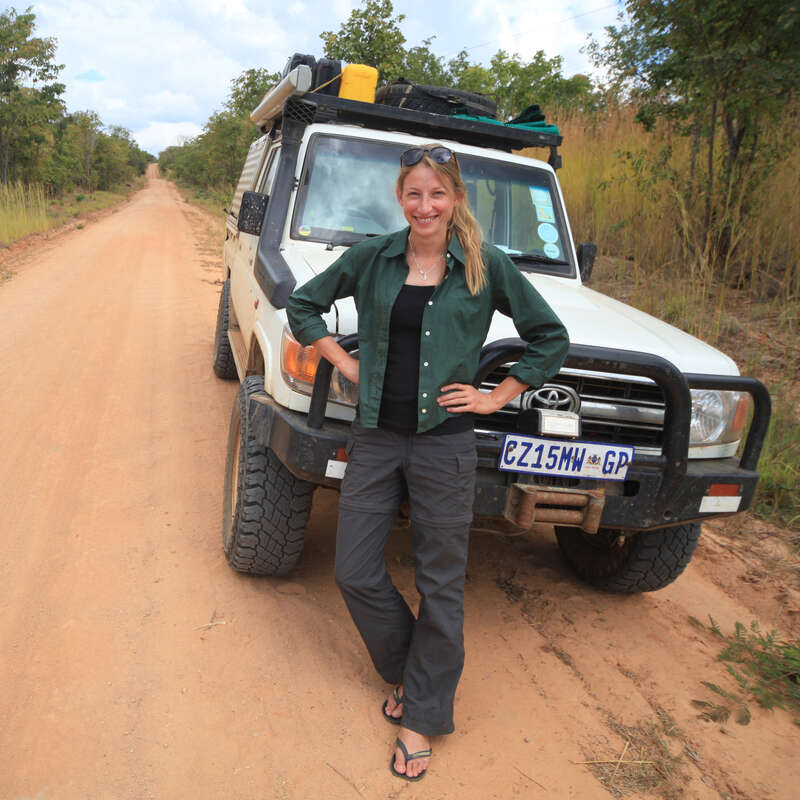About Il Ngwesi Eco-Lodge
Il Ngwesi is a quirky safari lodge with strong ties to the local community, set in its own private wildlife conservancy.
Il Ngwesi has a rustic charm and authenticity which is rarely found in standard safari lodges.
A stay here feels like an escape from the modern world to a simpler time without Wi-Fi and outside distractions. There is a real connection with nature here, from the constant twitter of birds to elephants frequenting the waterhole and the fresh animal tracks which appear daily outside your room.
We love the strong sense of community that radiates through the lodge. This is one of the only lodges in Kenya to be one hundred per cent owned and run by the community, in this case the Mukogodo Maasai community, with all proceeds going back into the local people. It is an impressive model of community-led conservation and the lodge supports a number of different projects in the area. The people of the Il Ngwesi conservancy take a great pride in their lodge.
Il Ngwesi is also a favourite haunt of William and Kate, with the royal couple having stayed at the lodge on several occasions. At first you might wonder why, as it is not particularly glamorous or luxurious, or the type of place you might expect to find a prince. It does however feel like the antithesis of the standard luxury safari lodge, and we imagine the Cambridges found the pared-back simplicity refreshing, while enjoying the remoteness and exclusivity of the Il Ngwesi Conservancy.
Our view
A number of tem members have stayed at Il Ngwesi over the years and it has always been very enjoyable. On our most recent visit we were delighted to find that staying at the pioneering eco-lodge has changed little. We love Il Ngwesi's commitment to the local community and the richness and wildness of the surrounding bush.
The quirky rooms have fabulous views, and the “star beds" in two of the rooms are a special treat for those booking early. Friendly local guides – with armed escorts for walks – and the overall character and charm of Il Ngwesi, make for a memorable stay.
Accommodation
6 rooms
Children
Best for 8+
Open
All year
Activities

4WD Safari

Birdwatching

Cultural excursion

Guided walking safari

Night drive

Private activities
Traveller reviews of Il Ngwesi Eco-Lodge
11 real, un-edited reviews from Expert Africa's travellers.
Arrived 23 Oct 2023, 2 nights
"Il Ngwesi Eco-Lodge review"
Overall rating: Excellent
Arrived 5 Aug 2022, 3 nights
"Il Ngwesi Eco-Lodge review"
Overall rating: Excellent
Arrived 27 Jul 2022, 3 nights
"Favourite stay"
Overall rating: Excellent
Arrived 19 Mar 2022, 4 nights
"Il Ngwesi Eco-Lodge review"
Overall rating: Excellent
Arrived 9 Mar 2022, 3 nights
"Il Ngwesi Eco-Lodge review"
Overall rating: Excellent
Arrived 6 Mar 2022, 4 nights
"Il Ngwesi Eco-Lodge review"
Overall rating: Good
Arrived 19 Aug 2019, 3 nights
"Stunning location, luxurious"
Overall rating: Excellent
Arrived 20 Aug 2019, 3 nights
"Very special place"
Overall rating: Excellent
Arrived 23 Jan 2019, 3 nights
"Rhinos on foot"
Overall rating: Excellent
Arrived 1 Dec 2018, 3 nights
"Il Ngwesi Review"
Overall rating: Excellent
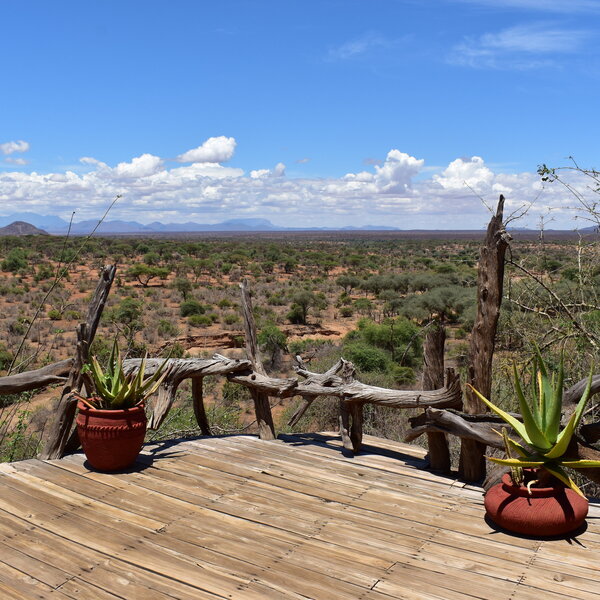
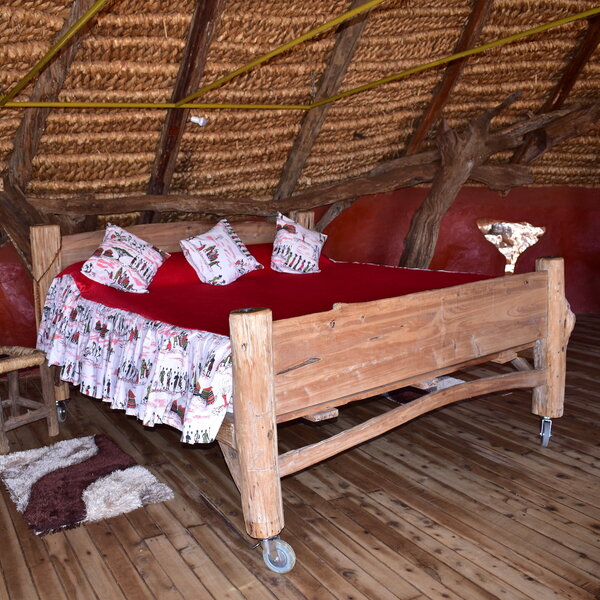
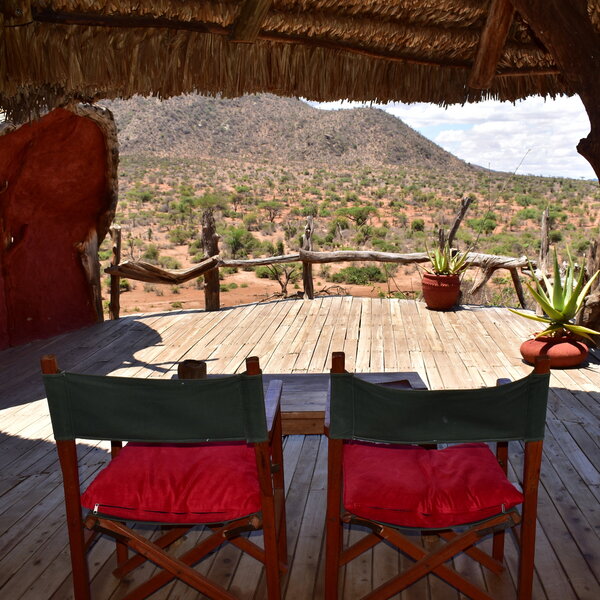
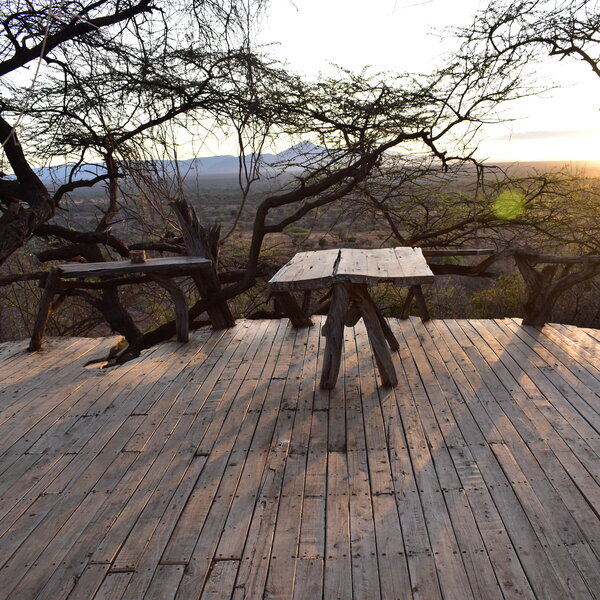
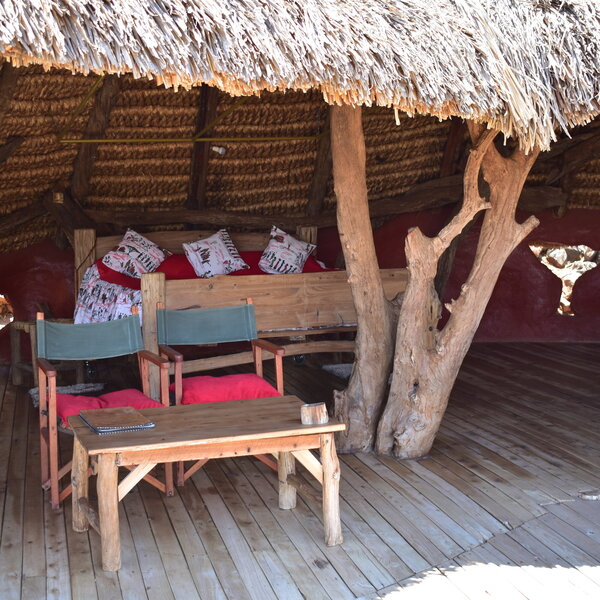
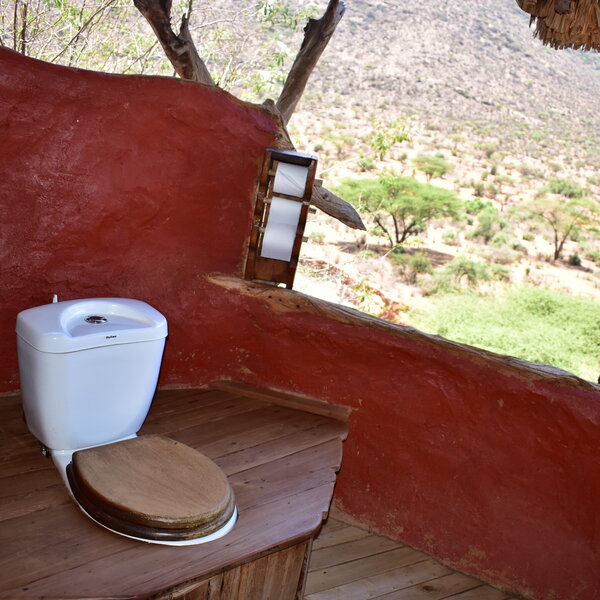

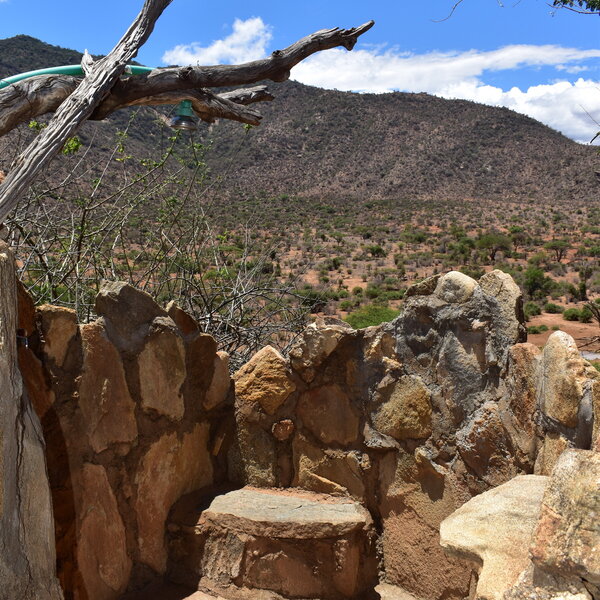
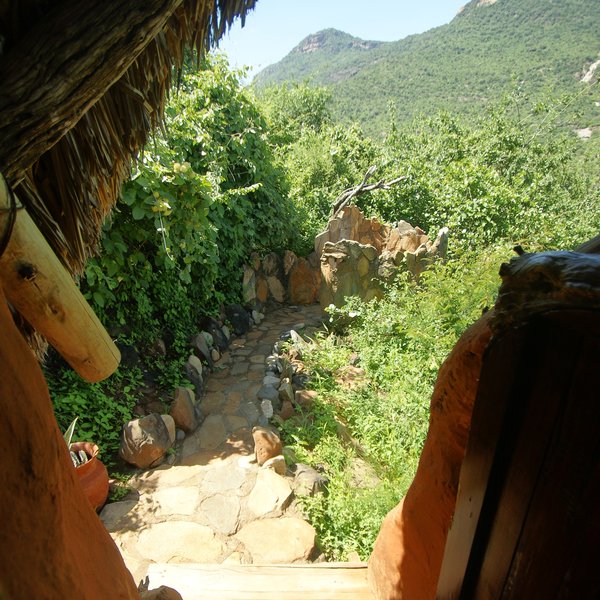
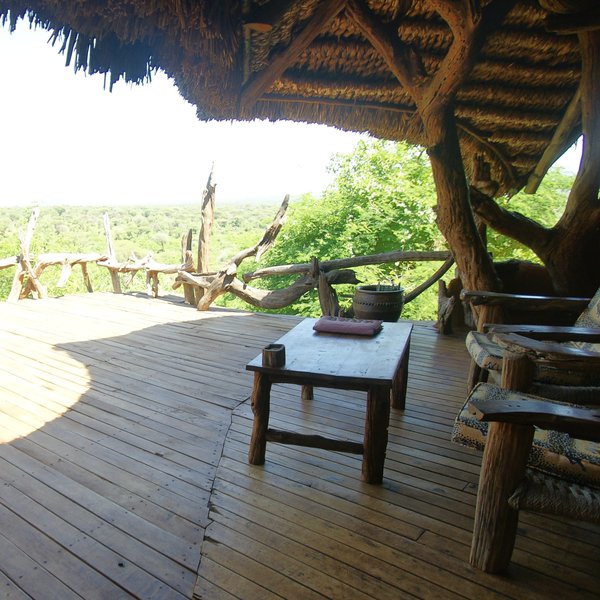
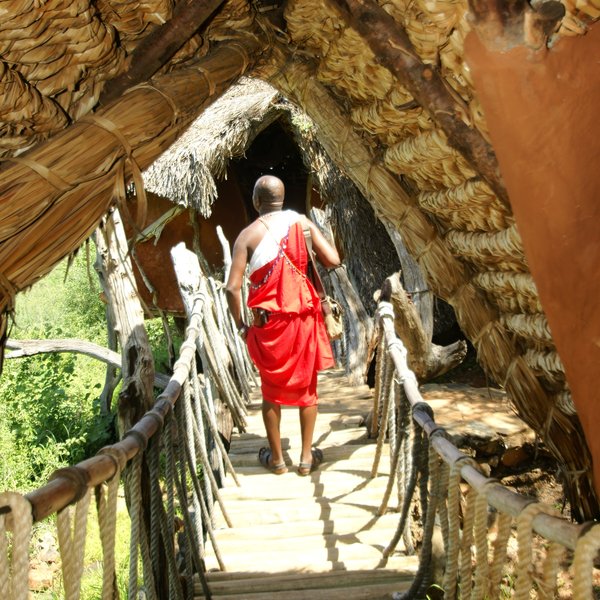
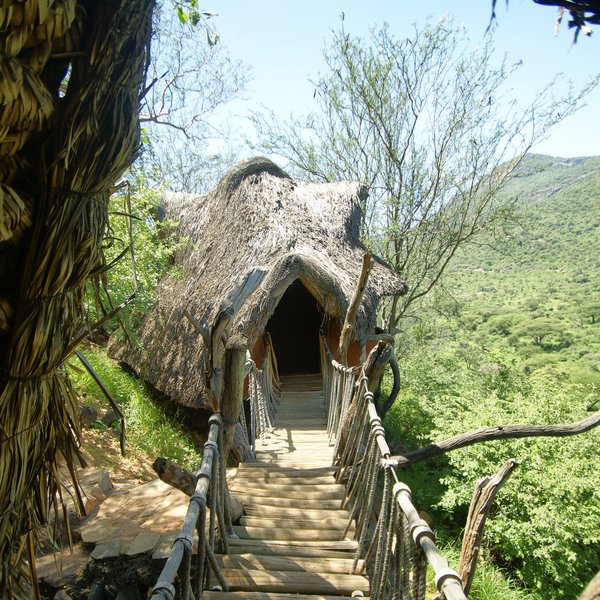
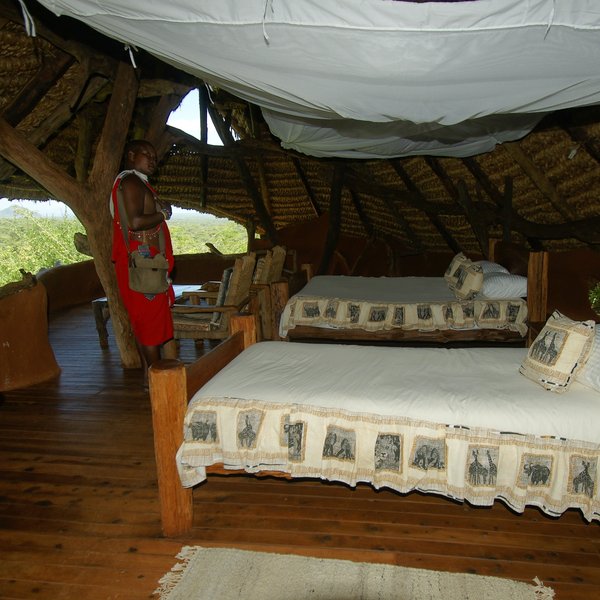
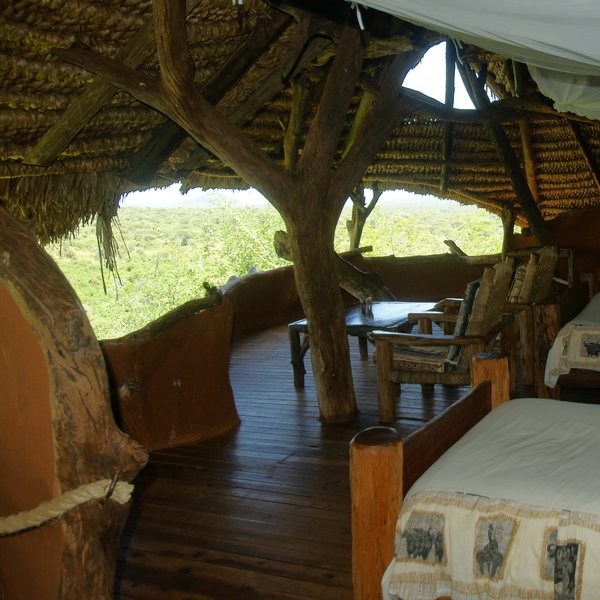
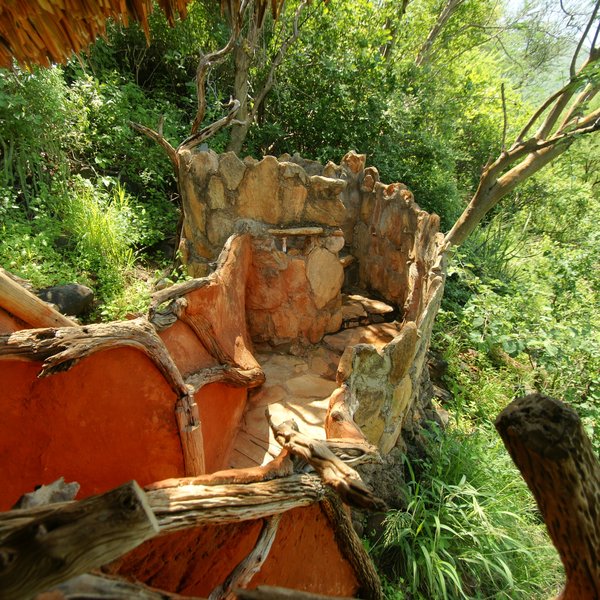
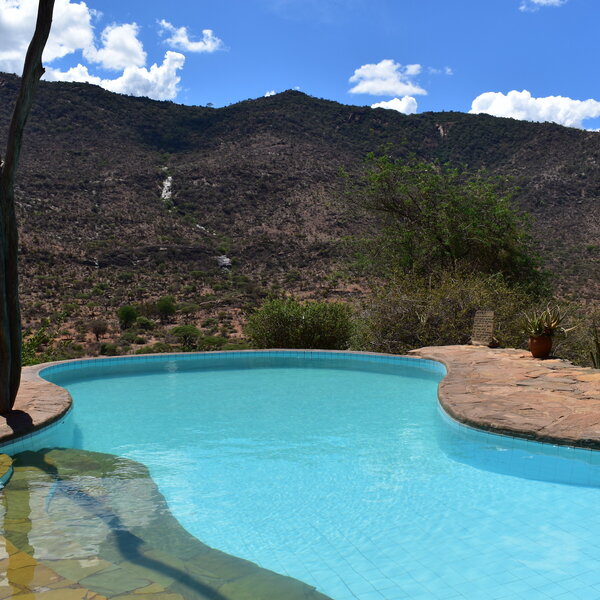
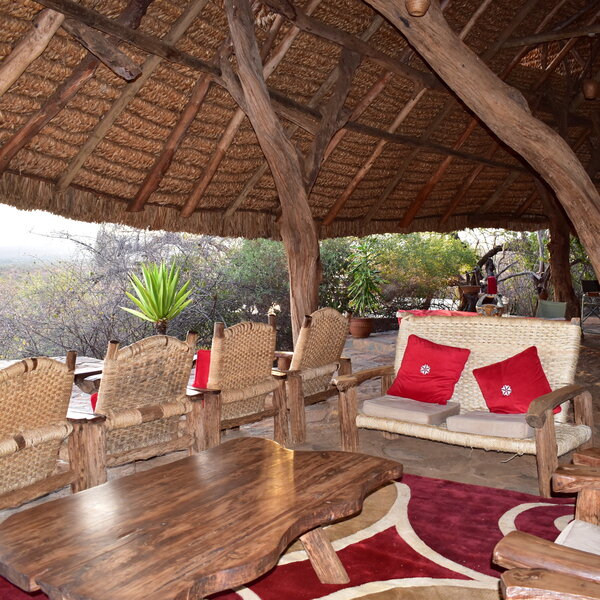
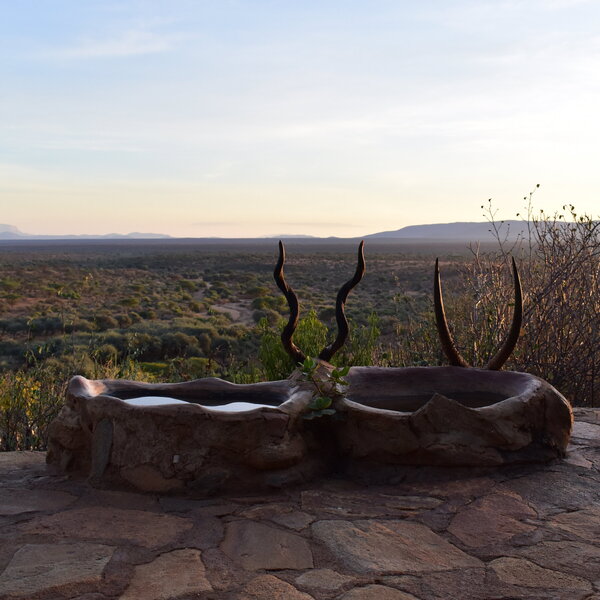
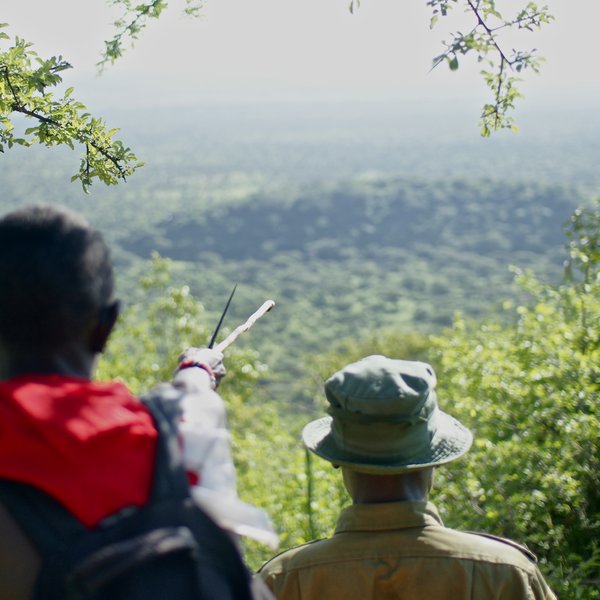
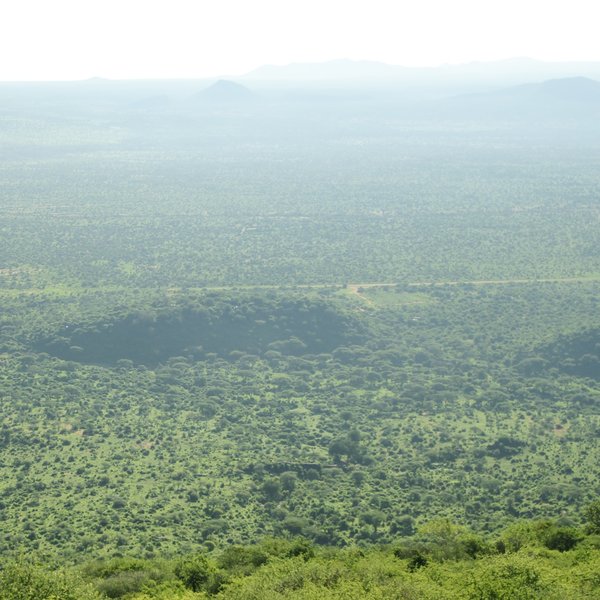
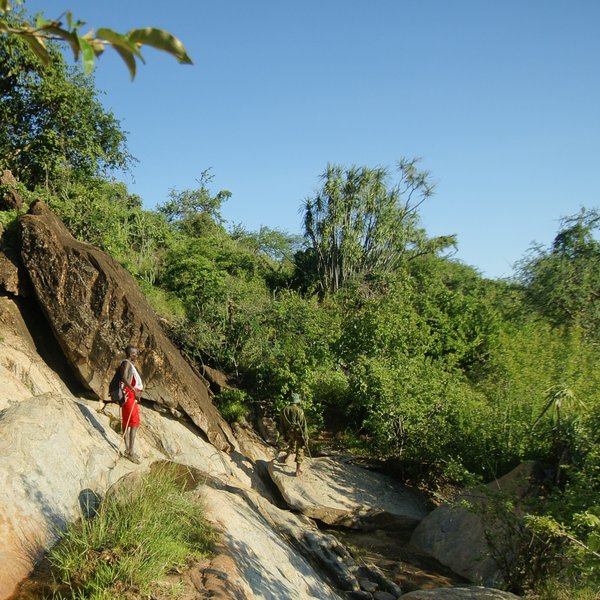
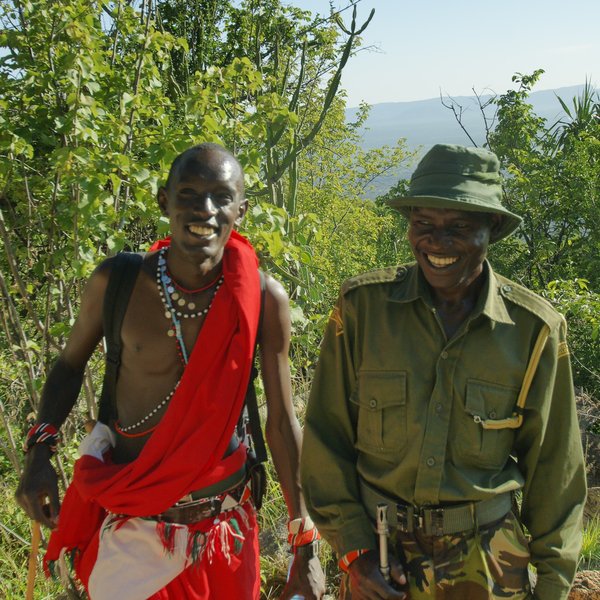
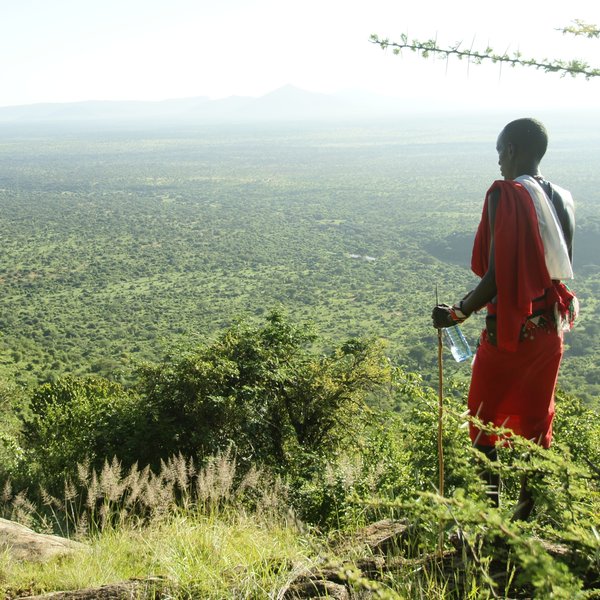
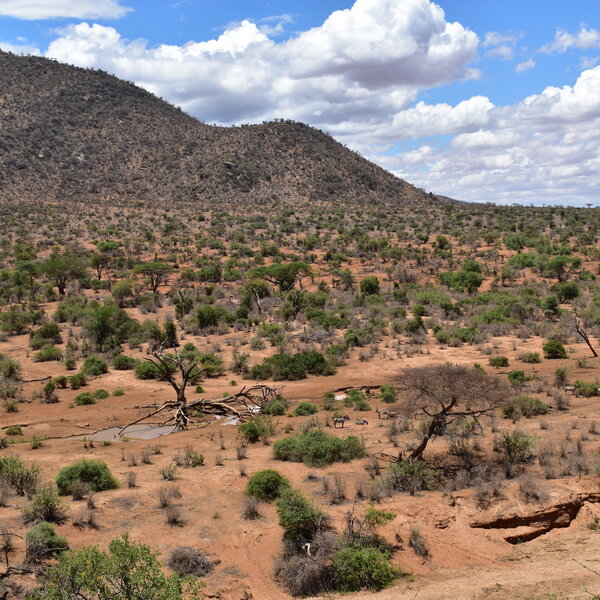
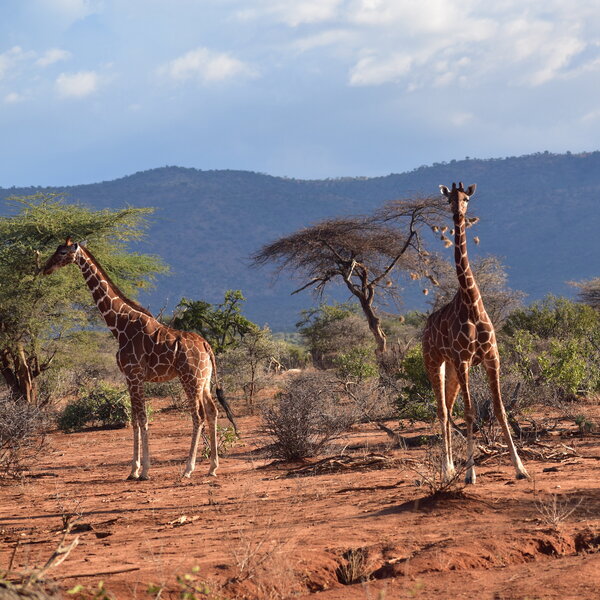
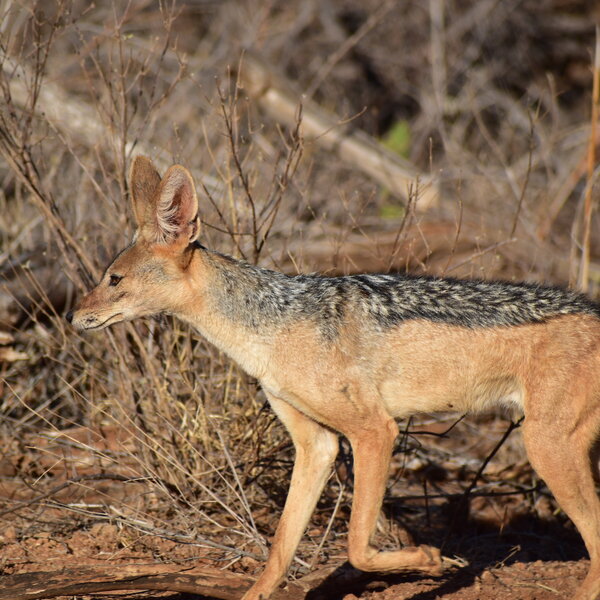
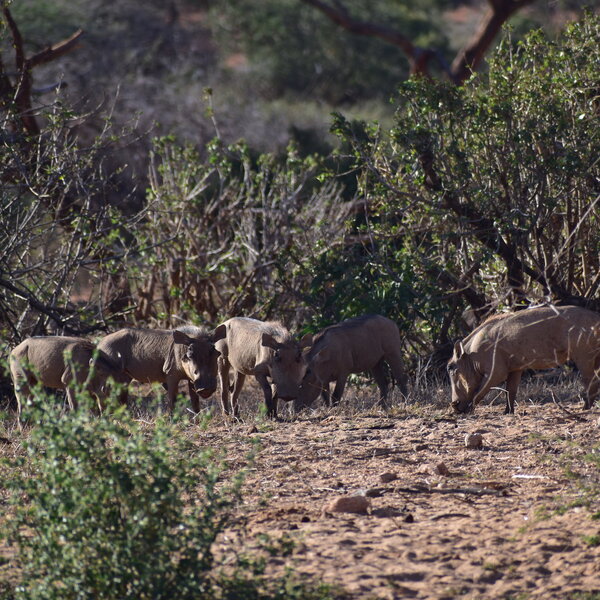
Expert Africa's gallery
When we travel we take lots of photos ourselves to give you a real and un-edited view of the safaris. See our 32 pictures of Il Ngwesi Eco-Lodge to get the candid view.
View gallerySafaris visiting Il Ngwesi Eco-Lodge
Just ideas, we'll always tailor-make a trip for you
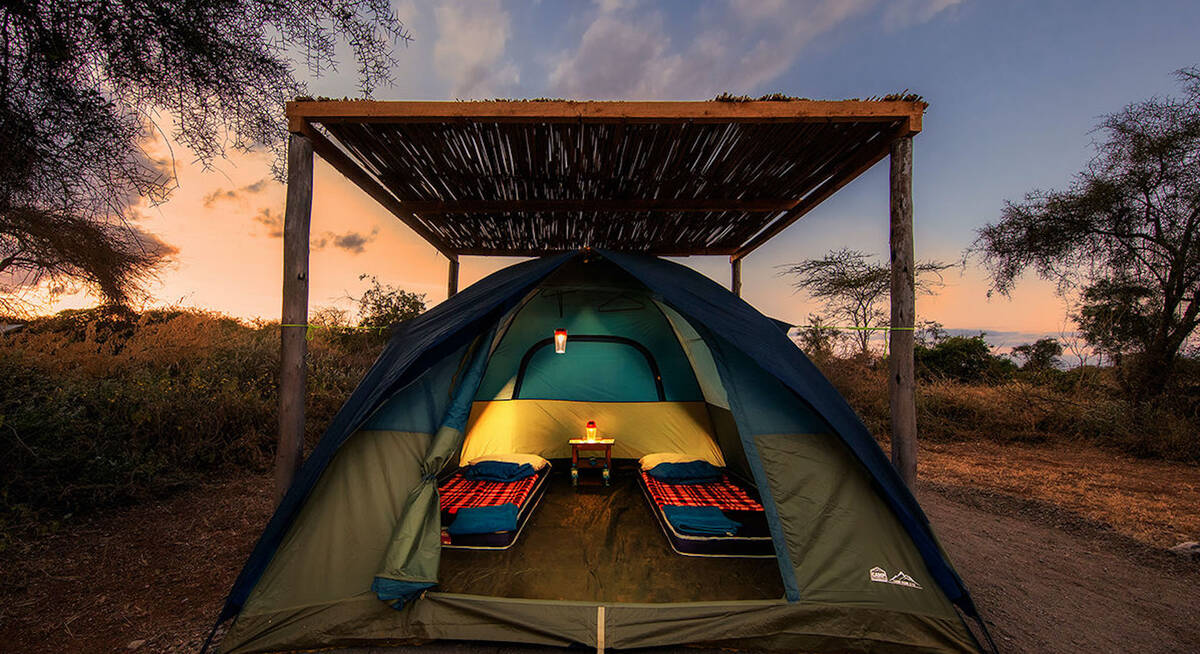

Gabar Goshawk Fly-in Safari
7 days • 3 locations • 1 country
NAIROBI AIRPORT TO NAIROBI AIRPORT
Experience Amboseli and Laikipia during this economically priced safari. Two simple camps offer adventure before a stopover in Nairobi and a final stay in the charming, wildlife-rich Il Ngwesi Eco-Lodge.
Visiting Laikipia, Nairobi and 1 other area
US$6,580 - US$6,580 per person
Il Ngwesi Eco-Lodge: Our full report
Il Ngwesi Eco-Lodge is a rustic, six-room lodge crowning a bush-covered hill on the Il Ngwesi Group Ranch, ...
... a community conservation and livestock region in northern Laikipia, north of the Lewa Conservancy. Built in 1996, the lodge is owned, managed and staffed entirely by members of the Il Ngwesi Maasai community. A stay here combines cultural immersion with wildlife-viewing by vehicle and on foot and an opportunity for some very relaxing down time.
On arrival at the lodge car park, you'll be met by a welcoming committee of staff dressed in brilliant red traditional robes. They'll escort you up a narrow, winding footpath through the bush to the main dining terrace, which also acts as the lodge bar and reception. Here you'll be briefed on where you are, what to expect and in a gentle way on how to behave. Il Ngwesi is a remote lodge in a wild location where elephants and other wildlife command respect, it is not fenced, and you will be reminded that you should only walk out of its immediate confines when accompanied by an escort.
You will quickly get to know Il Ngwesi's central areas, which include the bar and dining terrace, which is partly shaded, and a picturesque wooden deck extending out among the trees. Here, you get excellent views across the bush on the eastern side of the lodge. A minute's walk away along the main footpath, and further up the ridge, you come to the small, free-form infinity pool and partly shaded pool terrace, backed by comfortable seating. This is where lunch is usually taken, and you can order drinks and while away a hot afternoon gazing out across the valley towards the steep wall of the Mukogodo Escarpment on the lodge's western side. The pool terrace and the main dining terrace at reception are connected by two paths through the bush, one of which gives access to the back-of-house areas, the kitchen, and the small crafts and curios shop, where you can buy locally made beadwork, basketry, clothing and gifts.
The ridge-like hill on which Il Ngwesi sits runs north to south in the shape of a split almond. Linked from the main path running along its spine, other footpaths run down the western slope of the hill through the bush to the lodge's six open-sided rooms or cottages. These were highly innovative creations when the lodge was first built in 1996, and their basic style has been widely copied across Kenya.
It's perhaps easiest to appreciate the lodge's guest accommodation by looking at our photos: each large room stands on wooden piles on the hillside, on top of which a broad wooden floor is mounted, through which various tree trunks and branches protrude. The rear wall is built up from a framework of large branches of dead wood and chicken wire, thickly plastered with adobe-coloured cement, and the whole building is protected by a steeply pitched, thatched roof drooping low over the completely open front side, where a deck extends out above the hillside. The overall effect is slightly cave-like, giving a sense that the lodge hasn't so much been built as excavated out of the living environment.
The rooms are all numbered from north to south and named: #1 is Emuny (“Rhino" – the so-called “Prince William room" where the royal couple stayed and which is usually considered a honeymoon suite as it has the most private location, on the northwest edge of the hill, closest to the waterhole); #2 Oltome (“Elephant"); #3 Orgatuny (“Lion"); #4 Osiruwa (“Eland"); #5 Olarro (“Buffalo"); and #6 Emára (“Giraffe"). Rooms #2 and #3 are usually used for families as they are closely connected by a little wooden bridge and have walls along their deck sides.
Two of the rooms, #5 and #1 have extra-large decks, with only a low barrier of branches at the edge. Instead of ordinary double beds, these rooms are furnished with “star beds" – double beds on wheels that can be pulled out onto the deck for a night under the stars.
At one end of each cottage, a wash basin, washstand and toilet are slightly separated for visual privacy from the main lounge and living area. In most rooms, the “loo with a view" offers a very unobstructed panorama over the bush. Down a flight of steps there's a separate outdoor, walled shower, completely open to the sky, supplied with Kenyan natural Cinnabar Green toiletries.
Just being at Il Ngwesi and walking along its network of sandy footpaths is rewarding. As you make your way from your room to the pool or dining terrace, you're almost enveloped in greenery at certain times of year, and you may spot dik-diks and other smaller wildlife foraging in the undergrowth. The birdlife is wonderful, and Von der Decken's hornbills are particularly common and tame. Birders can happily expect to sit for hours on their decks with binoculars in hand and from December to March there are always Palearctic migrants in the area. At the height of the long dry season – roughly from July to October – Il Ngwesi's waterhole attracts game from a wide radius, including large herds of elephants that file along the valley. On our last visit we were delighted to view wild dogs and striped hyena at the waterhole early one morning. If you want to get closer to the waterhole you can be accompanied down the hillside to a bench and lookout point that serves as an informal hide.
More strenuous activities for the next day are discussed with the manager every evening. Exploring the area on foot, always with at least one Maasai guide and an armed ranger, is a popular option, and many visitors decide to have a go at climbing the Mukogodo Escarpment facing the lodge. It's a fantastic hike, if at times quite steep, and offers superb views across northern Kenya. There are several points where you can stop and call it a day – climbing right to the top and back takes around four to six hours depending on your level of fitness. You'll need to make an early start to get as much as possible of the climbing done before the heat really kicks in.
Less energetically, you can do shorter nature walks along the sandy valley floor, or walk north for an hour or two for breakfast by the usually dry river bed. If you set out early enough, or in late afternoon, the river walk can become a productive game walk, and its fun to see how close you creep up on the local warthogs, waterbuck, gerenuk, lesser kudu, giraffe and other grazers and browsers before they sense you and melt into the bush. If you set off in the lodge vehicle, on the other hand, you can do a conventional game drives and often approach the wildlife quite closely. The lodge has two open Land Cruisers (room for up to six in the back and one in the front) and one covered Land Cruiser that is used for transfers. In the November/December short rainy season, elephants can be very abundant, but you're likely to spot them at most times of the year and you won't be allowed to approach them when on foot. Don't expect to see many predators, if any. The big cats – particularly leopards – are about, but they rarely show themselves. A night game drive may be your best chance of spotting a lion, as we did.
Il Ngwesi Group Ranch has had a long-time relationship with Lewa's rhino conservation programme, and currently maintains two white rhinos in a 300 hectare (740 acre) special sanctuary which you can also visit, often combined with a walking safari.
There have been long-term plans to move fence lines to allow the movement of wildlife between Lewa, Borana and Il Ngwesi. In time this is likely to see the concentration of wildlife around Il Ngwesi increase and animals become increasingly habituated. Lewa and Borana are known for their high numbers of rhinos, both black and white, and once security measures have been put in place it is hoped the black rhinos will then start to move into the Il Ngwesi conservancy.
Other activities include a late afternoon village visit and goat roast (at extra cost) which is usually most successful in a larger group, when the visitor-Maasai interaction can become a bit more like a party and a bit less like outside observers visiting subjects, albeit welcoming ones.
Il Ngwesi also have a small spa with a local therapist. Massages and spa treatments are reasonably priced, starting at around $30 USD for a 30-minute massage. There is also a curio shop stocking locally produced beadwork and jewellery.
Activities
4WD Safari
Birdwatching
Cultural excursion
Guided walking safari
Night drive
Private activities
Families & children
- Attitude towards children
- Children are welcome but need supervision.
- Property’s age restrictions
- None
- Special activities & services
- Babysitting can be organised from housekeeping.
- Equipment
- No cots or high chairs are available.
- Generally recommended for children
- Il Ngwesi is a great venue for adventurous kids. The swimming pool with views of passing elephants is always a hit, as are the bush walks for older children. Connected rooms 2 and 3 would be best for families, using one room for the parents and infants and the other for older children.
Food & drink
- Usual board basis
- Full Board & Activities
- Food quality
- Il Ngwesi's food isn't necessarily the highlight of a stay here, but it's always reasonably good and plentiful. There are no particular meal times. Breakfast and dinner are served on the main dining terrace at the front of the lodge and lunch on the pool terrace.
Breakfast includes fruit, cereals and a cooked breakfast of eggs, bacon, sausage and beans to order.
Three course lunches are often served family style on the tables at the poolside. When we last stayed we enjoyed a traditional beef stew served with a lentil daal, a selection of salads and freshly baked bread.
Dinner started with an excellent carrot and ginger soup, which was followed by roast chicken with roast potatoes, carrots and spinach and a pineapple crumble for dessert. - Dining style
- Individual Tables
- Dining locations
- Indoor and Outdoor Dining
- Further dining info, including room service
- Room service is available if requested in advance. There are no phones in the rooms.
- Drinks included
- All drinks are at extra cost and there is a clearly marked price list next to the bar. These are reasonably priced, with wine at around $5 for a glass and beer at around $4. Any fine wine, Champagne or premium spirit requirements either need to be brought with you or requested well in advance.
Our travellers’ wildlife sightings from Il Ngwesi Eco-Lodge
Since mid-2018, many of our travellers who stayed at Il Ngwesi Eco-Lodge have kindly recorded their wildlife sightings and shared them with us. The results are below. Click an animal to see more, and here to see more on our methodology.

100% success

100% success

100% success

75% success

75% success

63% success

50% success

13% success

13% success

13% success

0% success

0% success

0% success

0% success

0% success
Getting there
- Location
- Laikipia, Kenya
- Ideal length of stay
- 3 nights-plus
- Directions
- 2 hours drive from Lewa Downs airstrip, or by charter flight to Il Ngwesi airstrip, which is a ten minute drive from the lodge.
- Accessible by
- Fly-and-Transfer
Special interests
- Cultural Experiences
- Owned, managed and staffed by the Il Ngwesi Maasai community, this lodge in the remote bush of eastern Laikipia is one of Kenya’s best bases for a deeper cultural immersion than simply visiting a local village or compound.
- See ideas for Cultural Experiences in Kenya
Sustainability
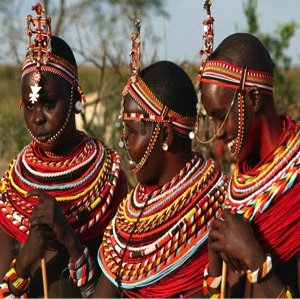
Women Empowerment at Il Ngwesi
Owned and operated by the Maasai Community, Il Ngwesi offers a holistic experience that combines social responsibility with sensible environmental management. In terms of encouraging sustainability, they contribute to developing local communities by supporting community support and education initiatives as well as creating jobs and business partnerships with local companies.
An example of a partnership has been established with VSO Jitolee in Kenya (funded by the European commission) which aims to empower local women by setting up a small craft shop on-site where they could manufacture and sell beadwork.
Il Ngwesi has also developed the Mukogodo Girls Empowerment Programme in collaboration with Quinnipiac University to create a youth empowerment camp aimed to educate and raise awareness among young women about their rights, sexual education as well as how to build a sustainable community.
Similarly, the lodge is committed to inform locals about the benefits of wildlife as well as moral responsibility to conserve and protect it for future generations to enjoy it.
The donations from tourists and partnerships with locals and NGOs help to support community projects and the smooth operation of local initiatives.
In return for its dedication to responsible tourism, Il Ngwesi won Africa's Leading Eco-lodge 2013 and was awarded second place in the social responsibility in the Eco Warrior Award in 2019.
See more great sustainability projects in Kenya
Communications
- Power supply notes
- There is a backup generator
- Communications
- There is no WiFi at Il Ngwesi. There is also a cellphone "spot", near the car park which gets Safarilink reception and where staff can usually be found using their mobiles. There is a short wave radio in the office for communication with head office in Nanyuki.
- TV & radio
- There is no TV
- Water supply
- Other
- Water supply notes
- Drinking water is supplied as bottled water.
Washing water comes from the river and their local spring.
Health & safety
- Malarial protection recommended
- Yes
- Medical care
- All staff have had some first-aid training. Local community dispensaries have limited supplies. There is a helicopter landing area in case of emergencies.
- Dangerous animals
- High Risk
- Security measures
- The armed escorts who accompany you on walks out of the lodge are KWS-trained. They carry M3 rifles and are based in the local community. The lodge also has Kenya police reserve officers on hand. Askaris from the same pool of community rangers deployed on the group ranch, patrol the lodge area at night.
- Fire safety
- There is a fire extinguisher in every room and staff are trained in their use.
Useful info
- Disabled access
- On Request
- Laundry facilities
- Laundry (hand-washed and line-dried) is included in the rate, but no underwear is taken.
- Money
- There's a safe in the office if you have any valuables.
- Accepted payment on location
- Only cash can be accepted for payment of extras at the lodge (Kenya shilllings, US dollars, pounds sterling or Euros). Credit cards are only accepted at Il Ngwesi's office in the Lewa conservancy.
Plan and book your trip with Expert Africa
All of our trips are tailor-made, so we'll always adapt them to suit you. Talk to an Expert and let us plan and arrange your perfect trip.

Talk to an Expert
Call or email us now! We’ll match you with the Specialist in our team who is best suited to help you. Then together we can start planning your trip.

Set up your itinerary
Based on our experience and your ideas, your specialist will create a detailed, costed itinerary. We’ll refine it together, until we have a trip that you’re perfectly happy with.

Prepare for your trip
The same Specialist will make the seamless arrangements for your trip, send you detailed travel documents, and be available to answer any questions before you depart.

Travel with peace of mind
After you set off, you’ll be cared for by our partners in Africa, most of whom have worked with Expert Africa for decades. And if you ever need us urgently, we’re available 24/7.

When you return
We love to learn about your trip, and so will always be grateful if you’ve the time to give feedback to your Specialist when you return.
Il Ngwesi Eco-Lodge's location
Look closer at the environment and surroundings of Il Ngwesi Eco-Lodge.
Excursions from Il Ngwesi Eco-Lodge
Optional extra day-trips and excursions possible whilst you're staying at Il Ngwesi Eco-Lodge. Talk to us: these are usually best arranged before you go.
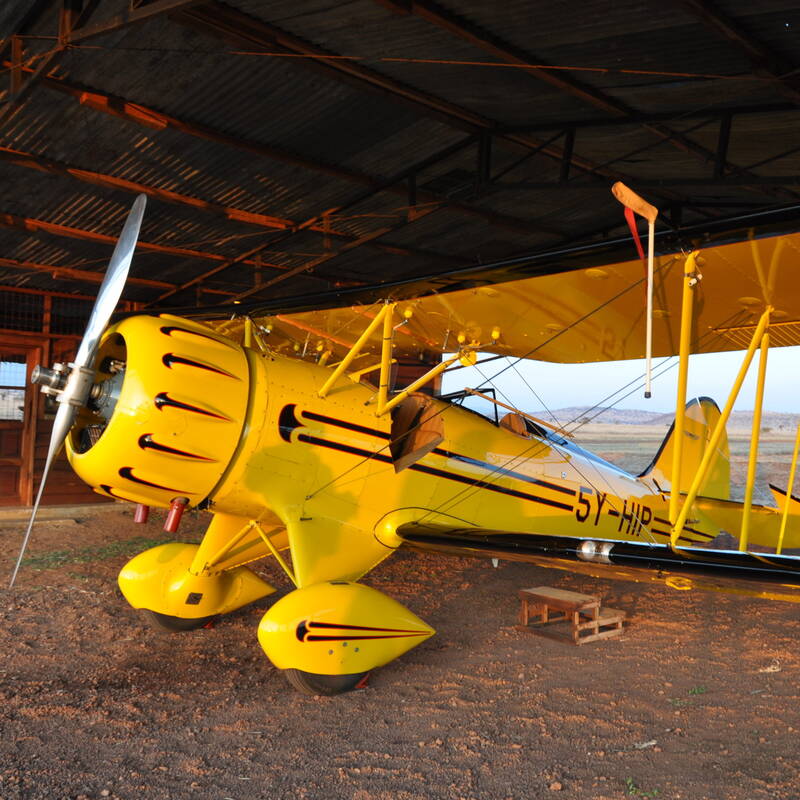
Scenic Biplane Flight on Lewa Conservancy
30 or 60 minute flights
Soar high and fly low over the rolling hills and plains of Laikipia’s famed Lewa Conservancy, on a scenic biplane flight. Offering you the chance to spot wildlife from the air, this flight takes place in an open-cockpit WACO biplane – a truly unique excursion in Kenya.
More about Scenic Bi-plane FlightOther lodges in Laikipia
Alternative places to stay in this same area.
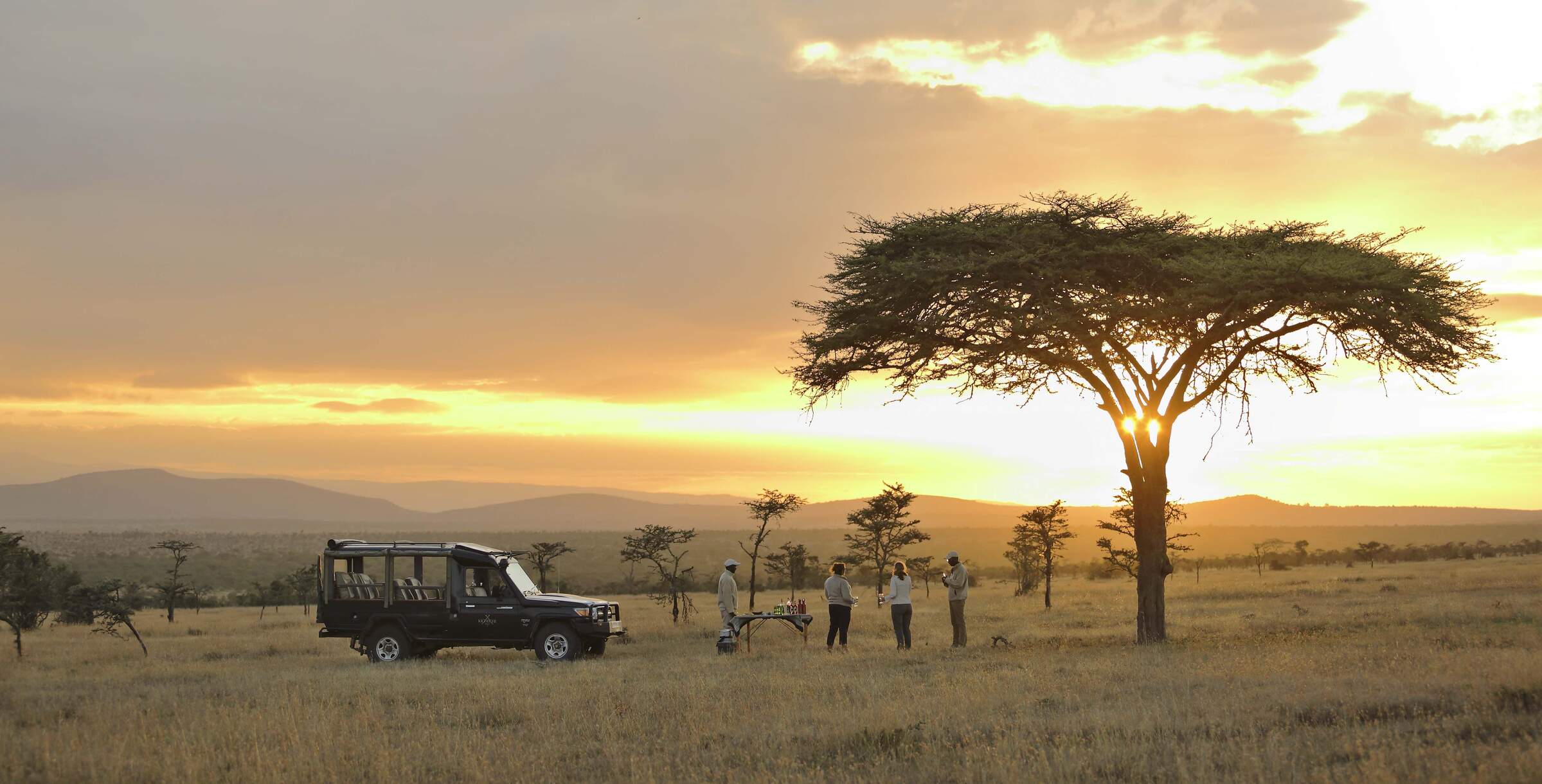
Kicheche Laikipia
Kicheche Laikipia is the most luxurious tented camp of the handful of places to stay in the Ol Pejeta Conservancy in central Laikipia.
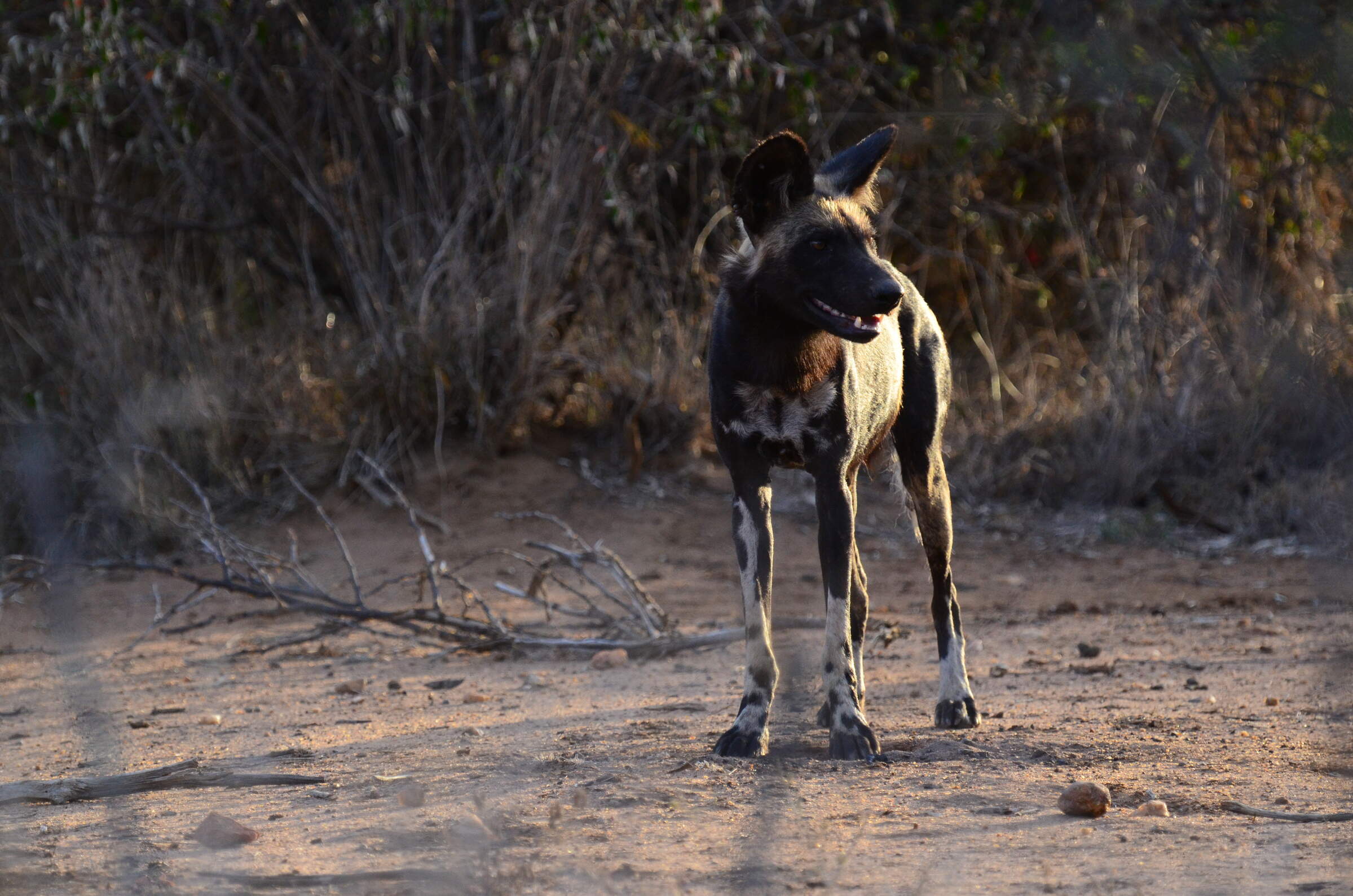
Laikipia Wilderness
Laikipia Wilderness is a rustic owner-managed bush camp, in excellent wild dog territory, offering outstanding guiding.
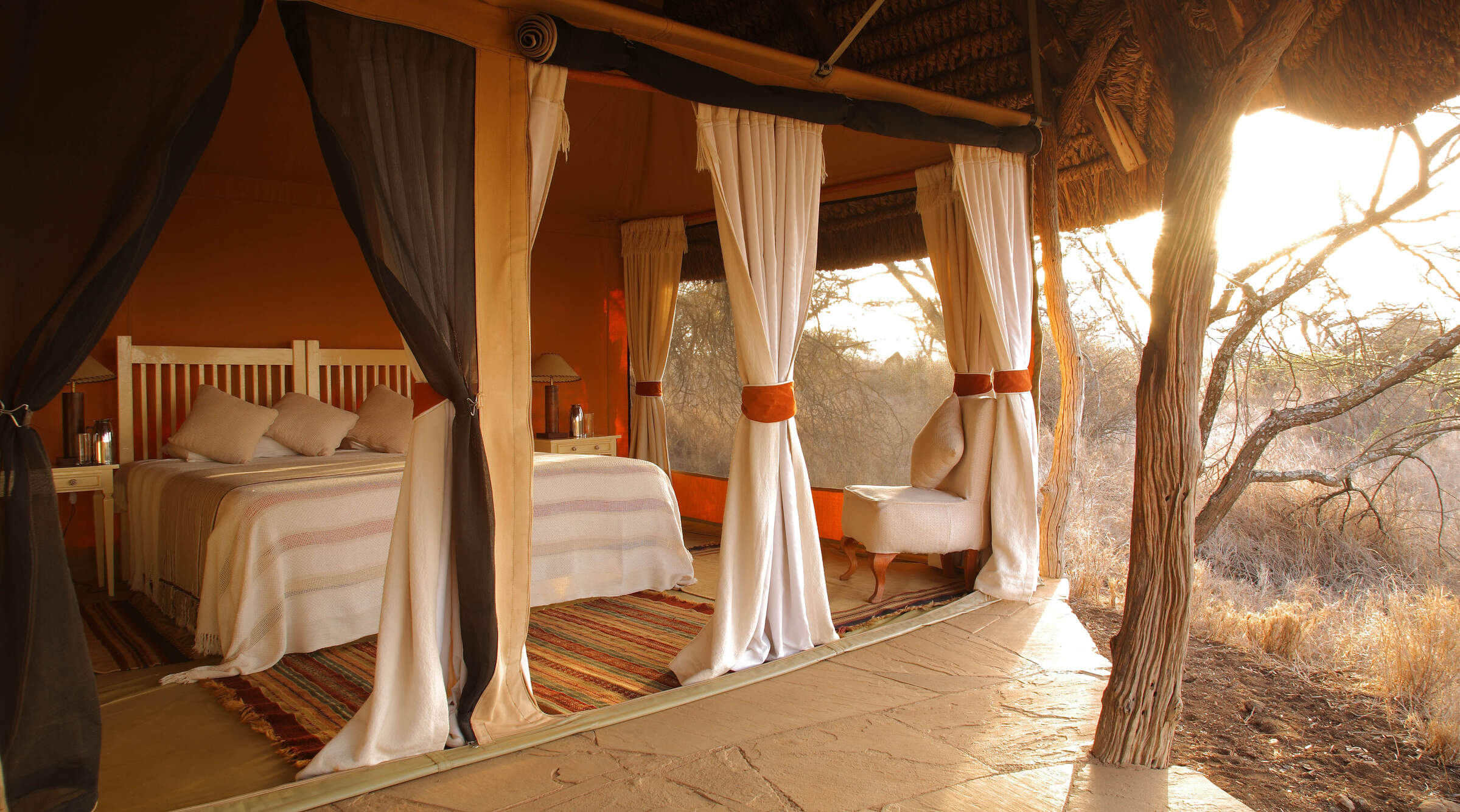
Lewa Safari Camp
Lewa Safari Camp is a comfortable and homely tented lodge, located in the Lewa Conservancy and offering a relatively exclusive safari away from mass tourism.
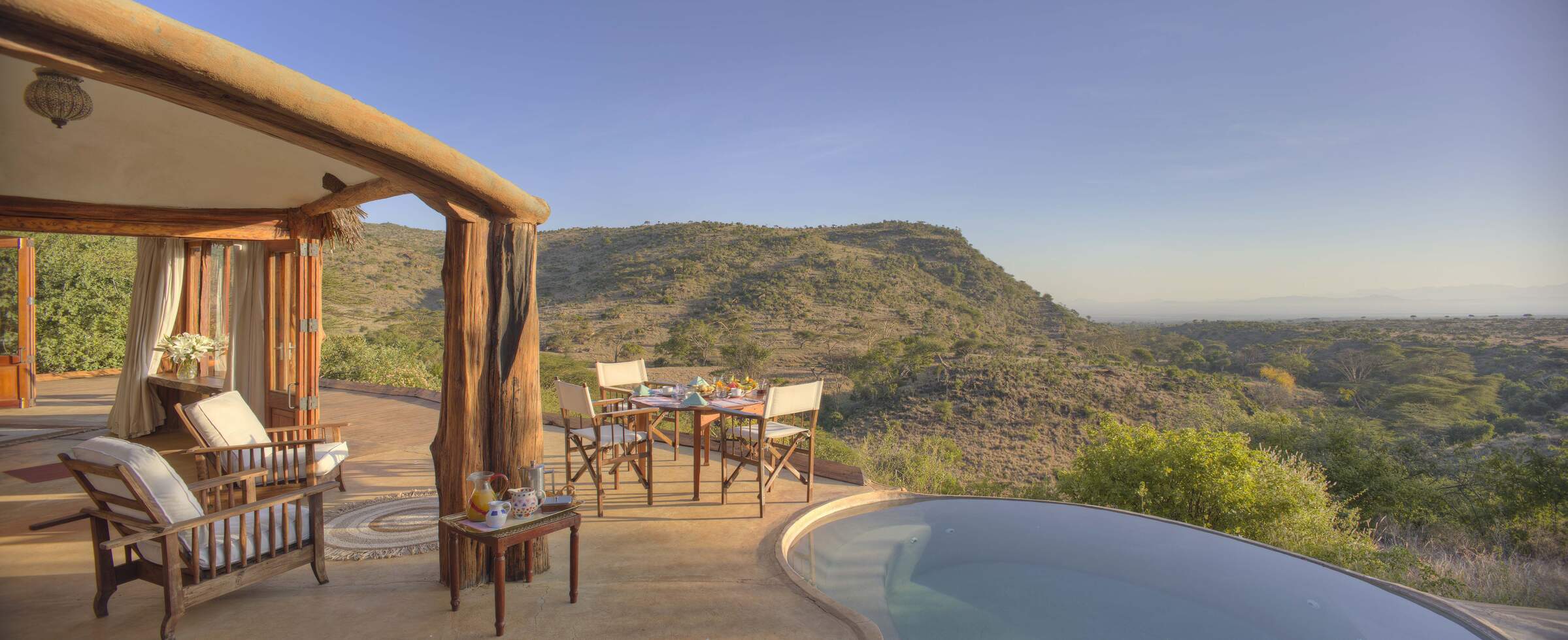
Lewa Wilderness
Lewa Wilderness is a comfortable, fenced safari lodge with nine cottages, great views and a huge range of activities.
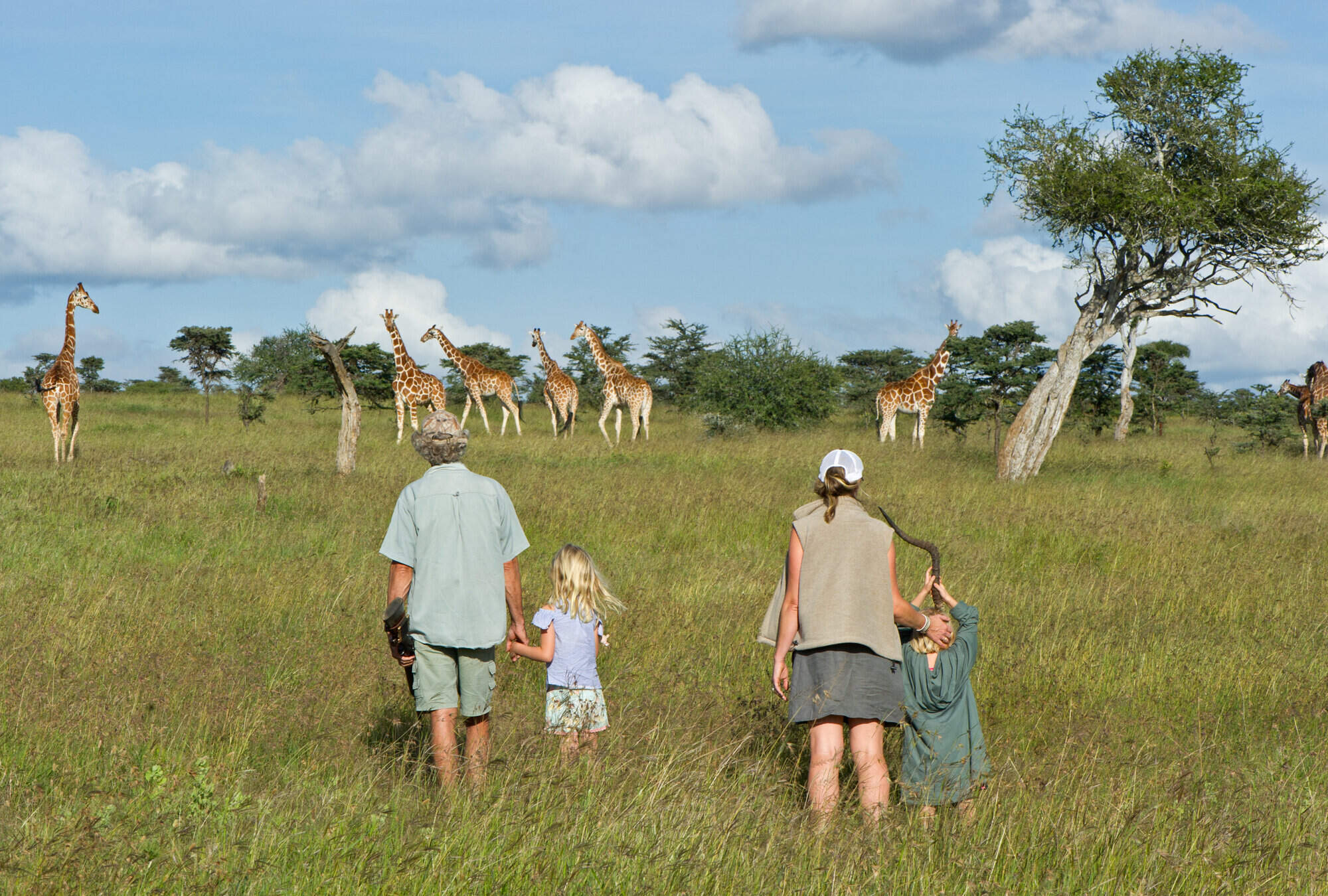
El Karama Lodge
El Karama is a comfortably rustic, very personal, riverside eco-lodge on a game-rich private ranch in Laikipia, an hour’s drive north of Nanyuki airport.
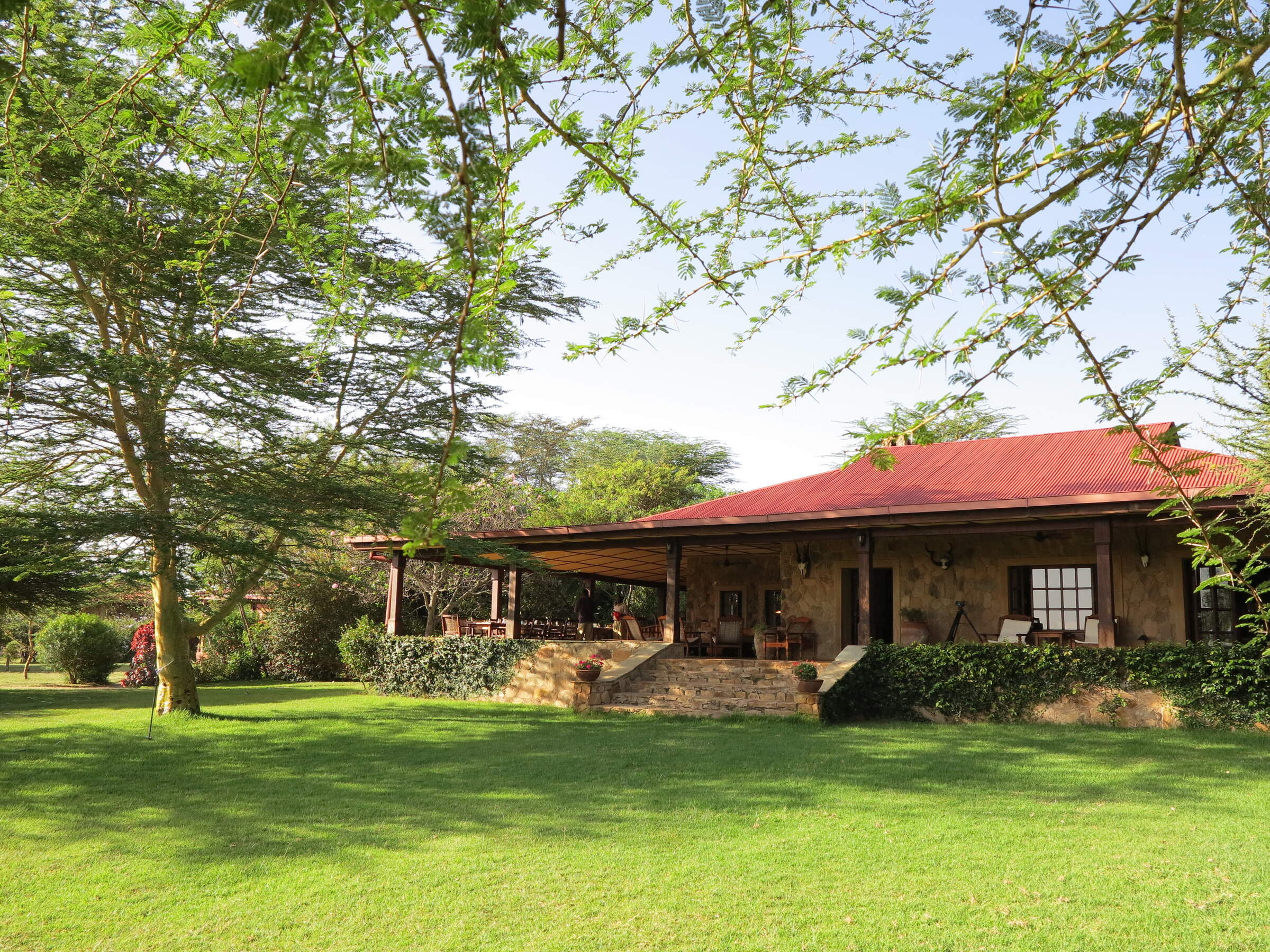
Sosian
Sosian Lodge is a distinctive, estancia-style ranch house on a former cattle ranch, with great opportunities for riding, relaxing and seeing wild dogs and other savannah wildlife.
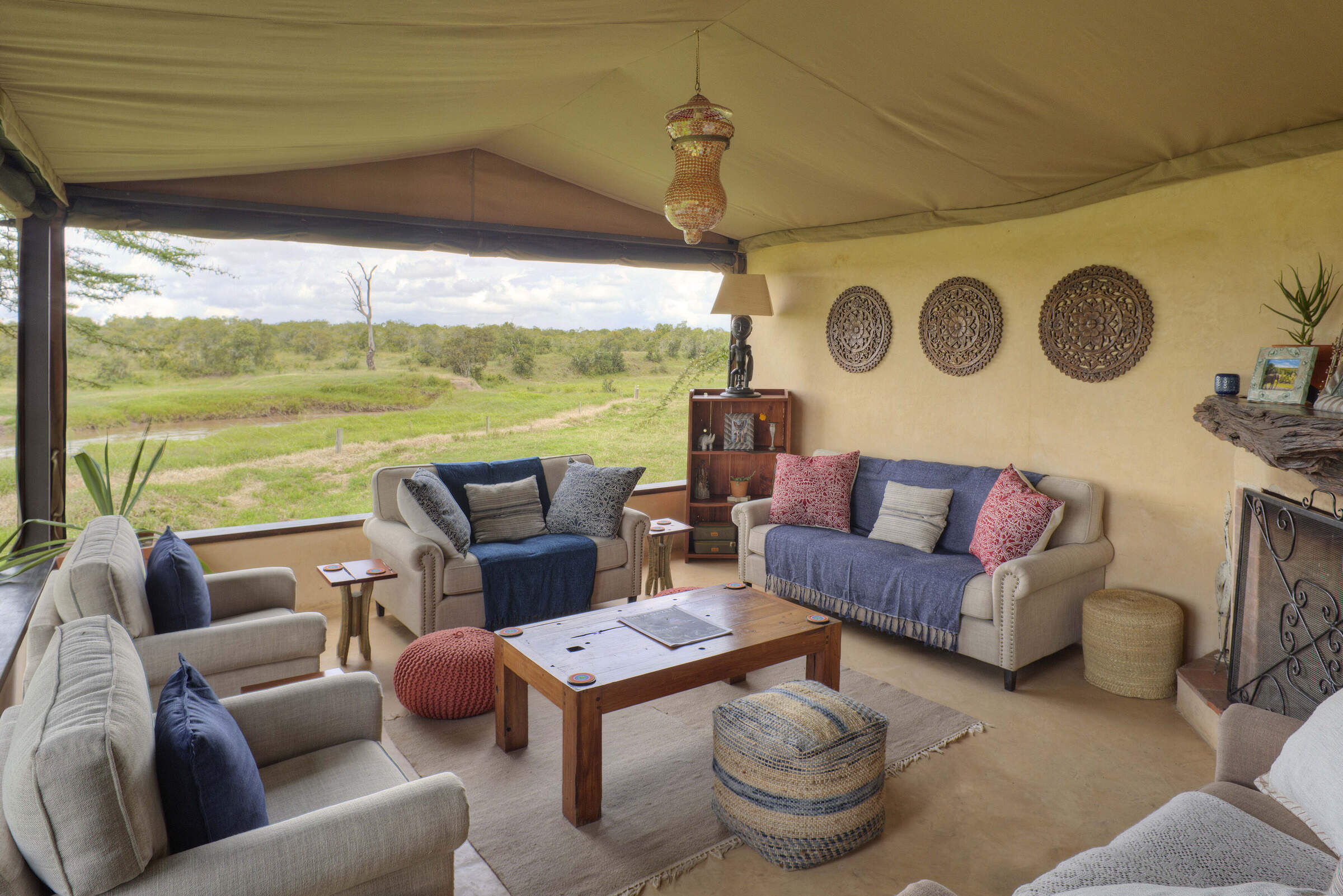
Ol Pejeta Bush Camp
Ol Pejeta Bush Camp is a simple camp, with comfortable tents, delivering an authentic wilderness experience backed up by good food and guiding.
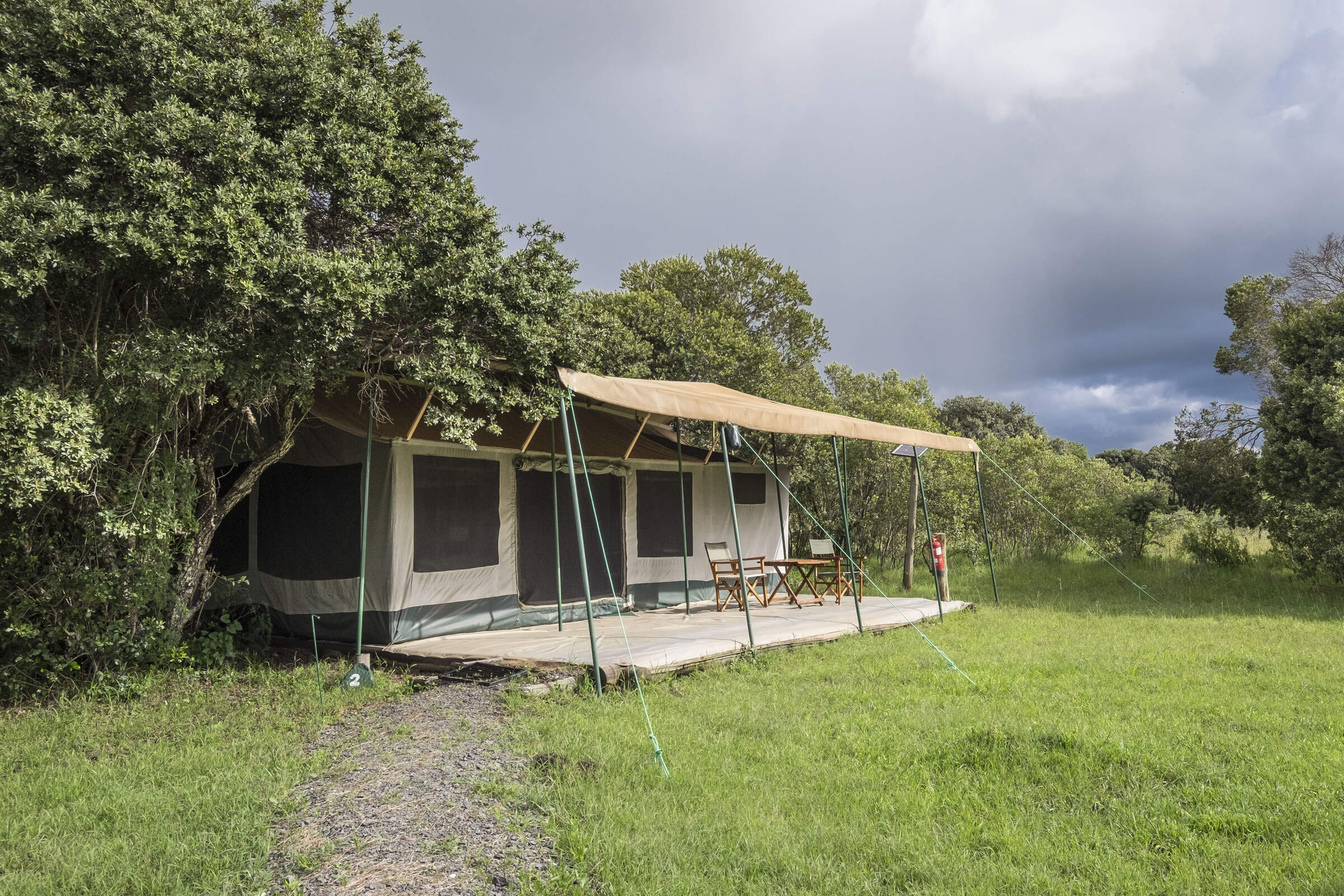
Porini Rhino Camp
Porini Rhino Camp is a small, simple, well established tented camp, with a keen focus on sustainable and low-impact tourism.
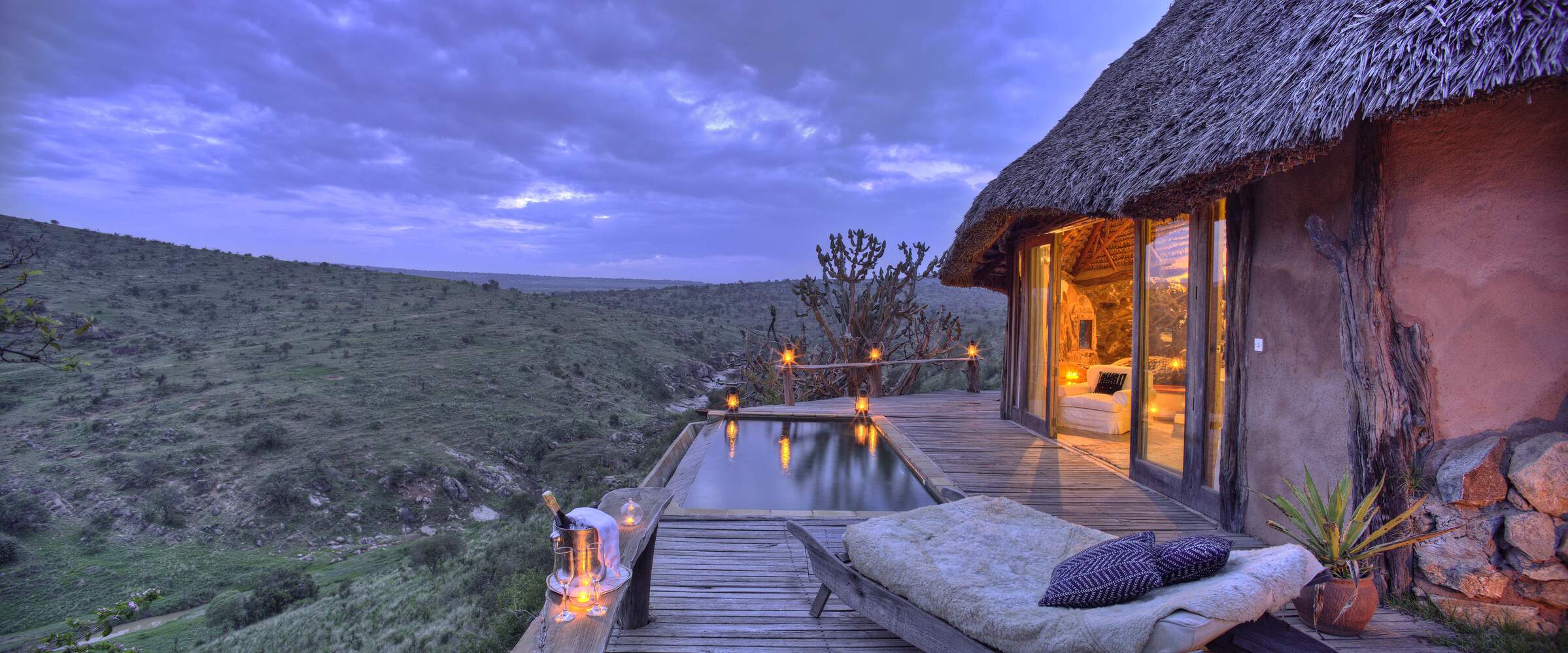
Borana
Borana is a comfortable and striking lodge on the Borana Conservancy in eastern Laikipia, offering pleasant accommodation with good food and service and a very wide range of activities.
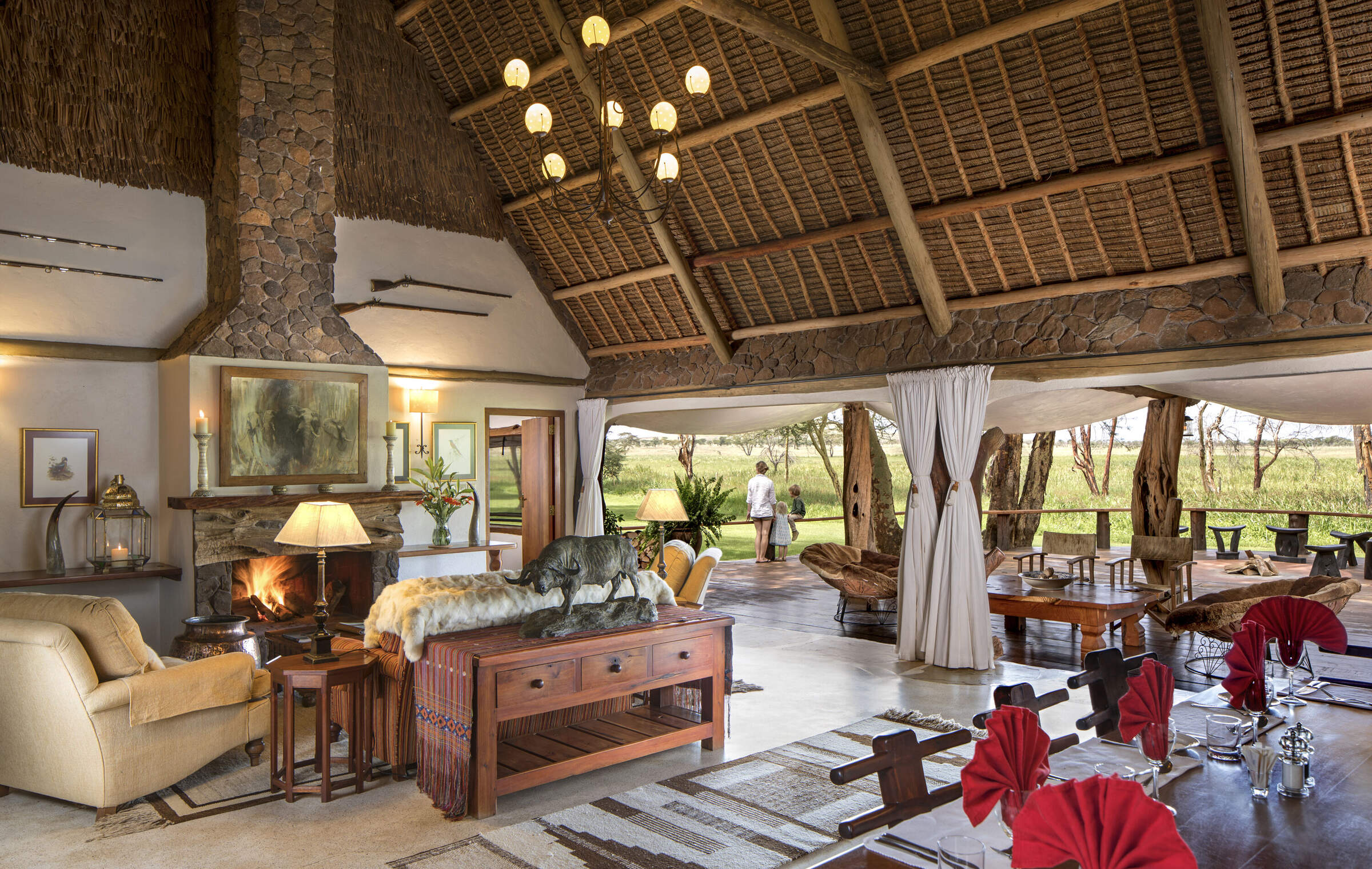
Sirikoi
Sirikoi is a small, very high-quality safari camp with excellent service and food and a wide selection of activities.
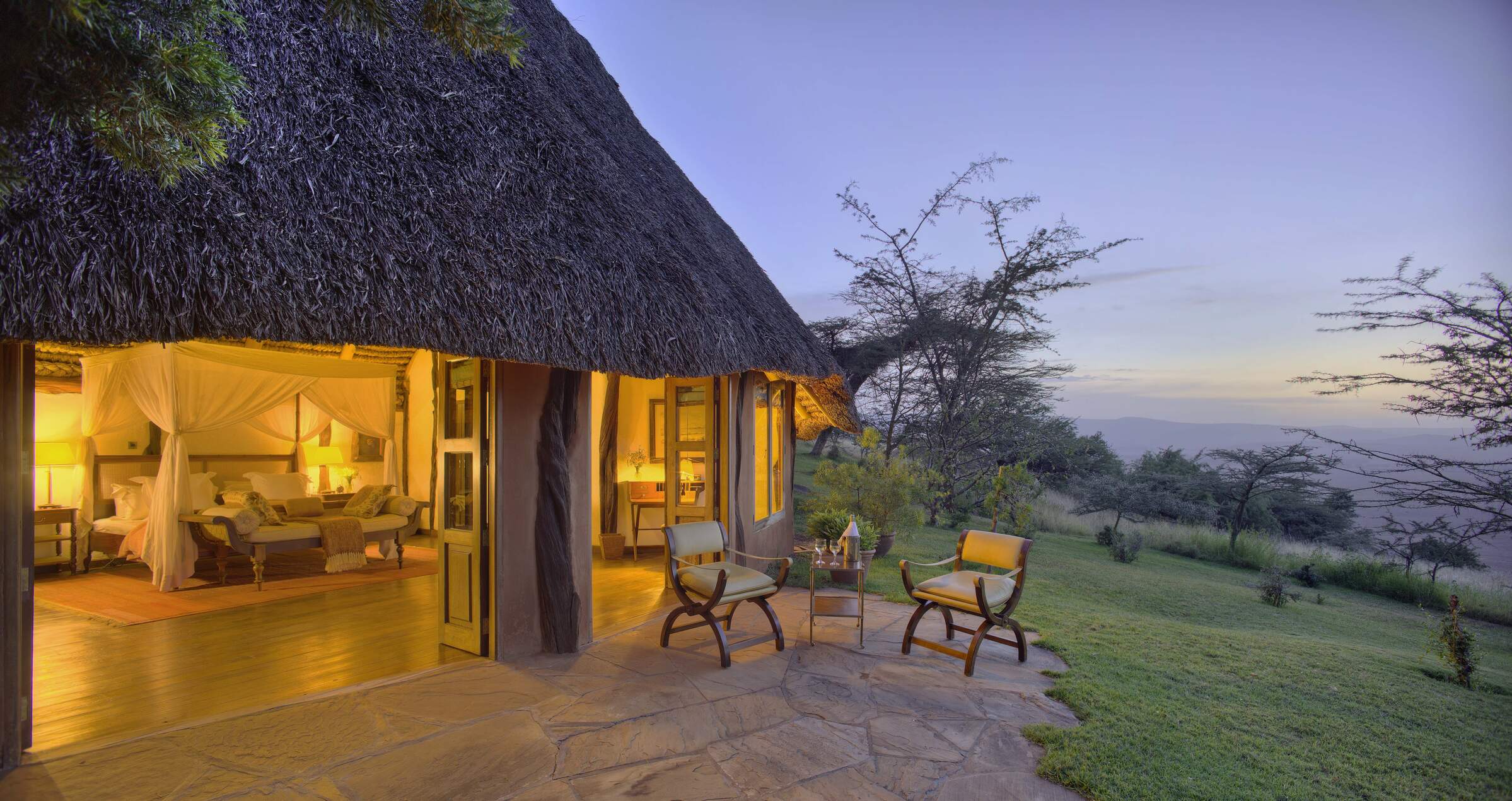
Kifaru House
Kifaru House is a small, stylish safari lodge in the Lewa Conservancy, with beautiful views across the landscape.
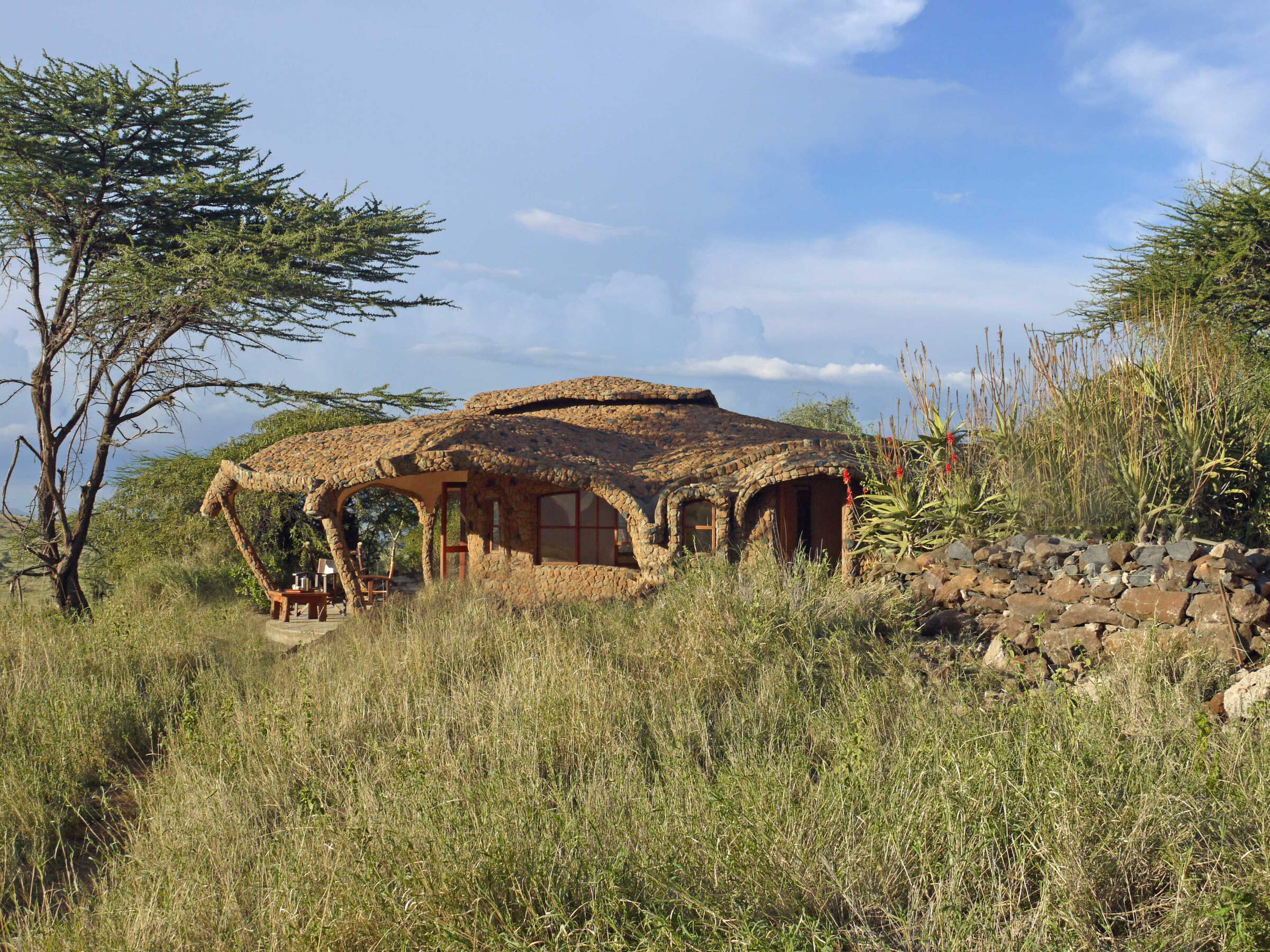
Lewa House
Lewa House is a very comfortable, boutique safari lodge located on the Lewa Conservancy, north of Mount Kenya.
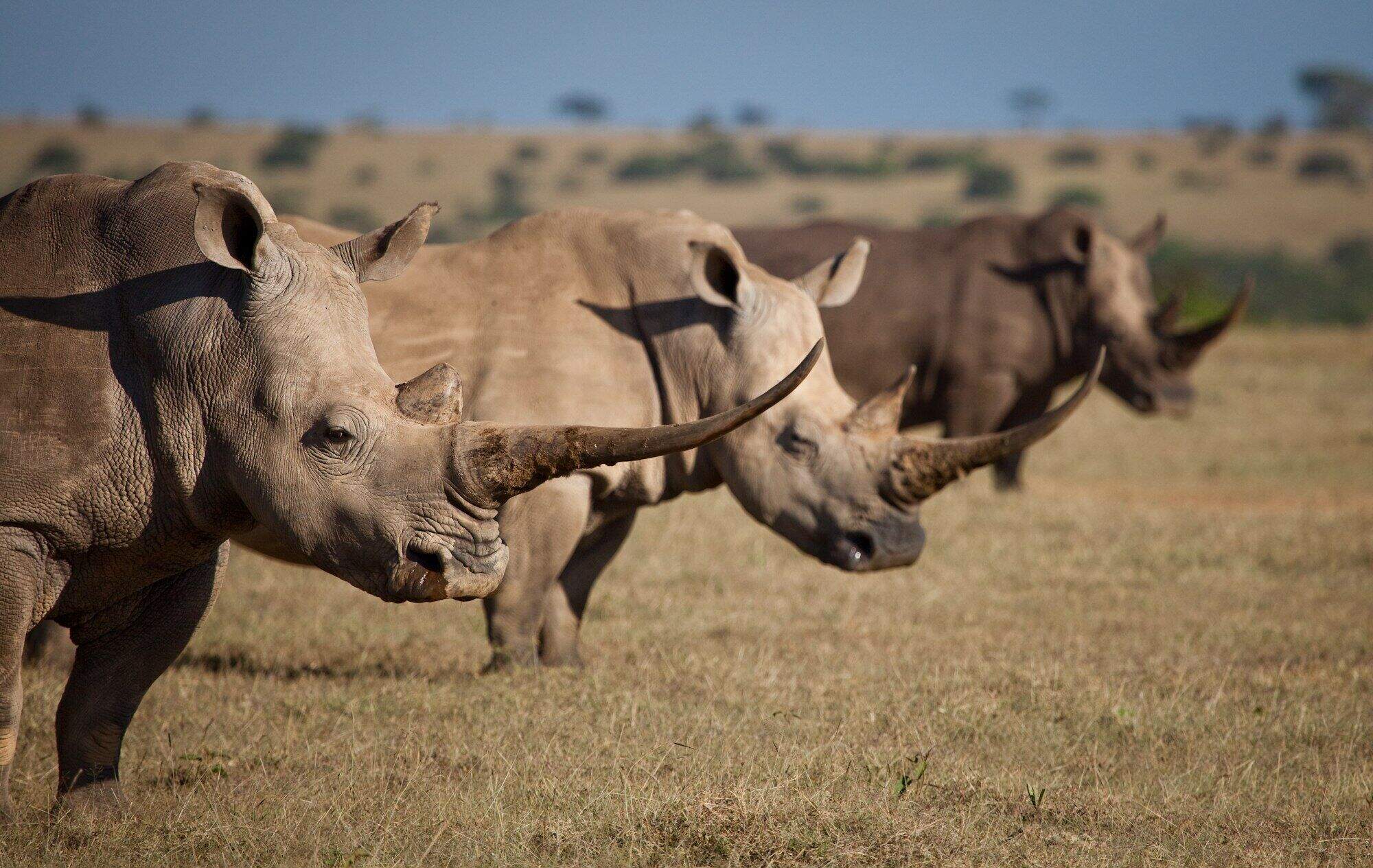
Solio Lodge
Solio Lodge is an exclusive and luxurious bush lodge set in the private Solio Game Ranch in southern Laikipia.
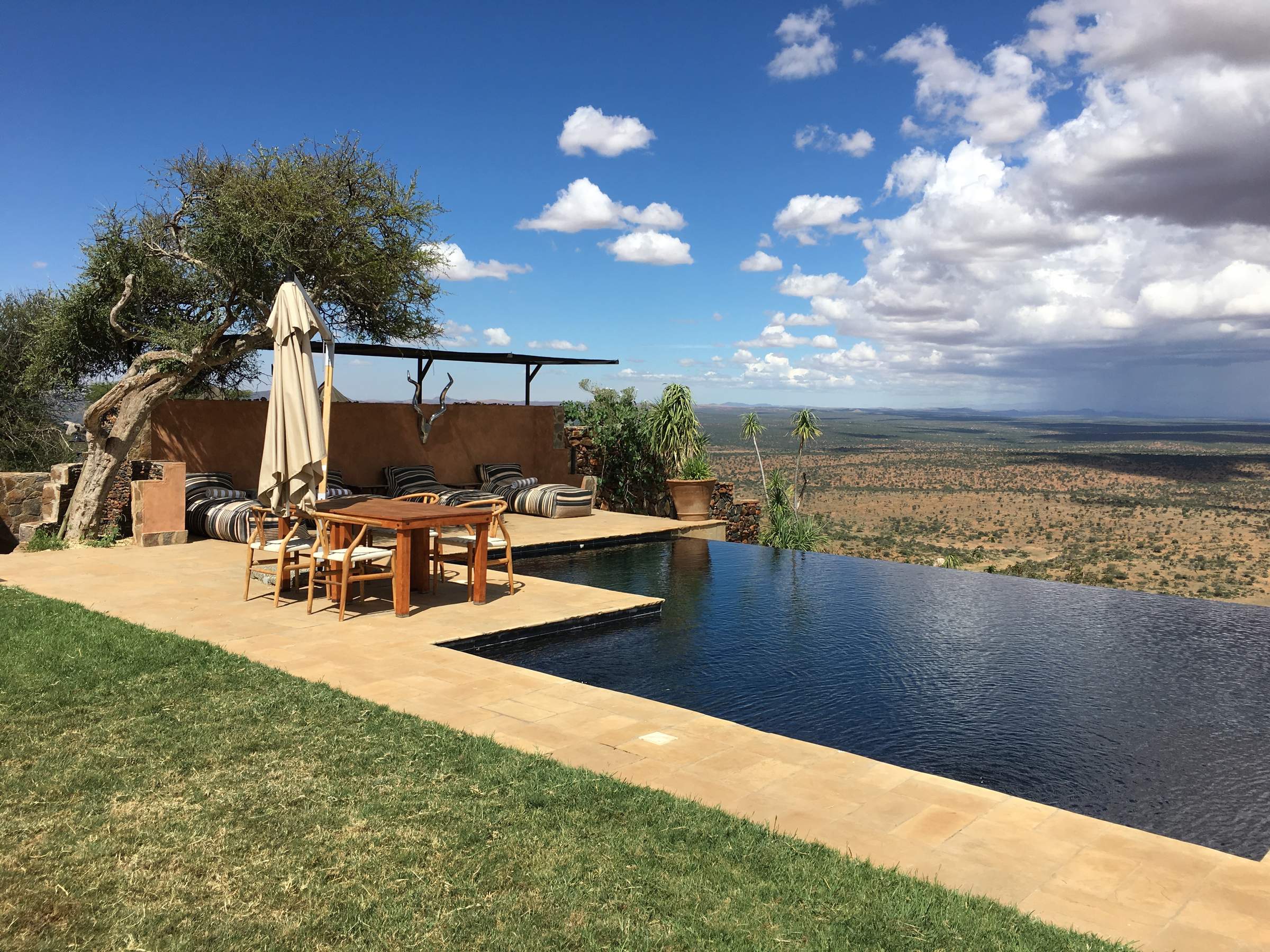
Loisaba Tented Camp
Loisaba Tented Camp is a luxury safari base of tented rooms, ranged along a ridge in the Loisaba Conservancy, facing Mount Kenya. The camp was completely rebuilt in 2016.
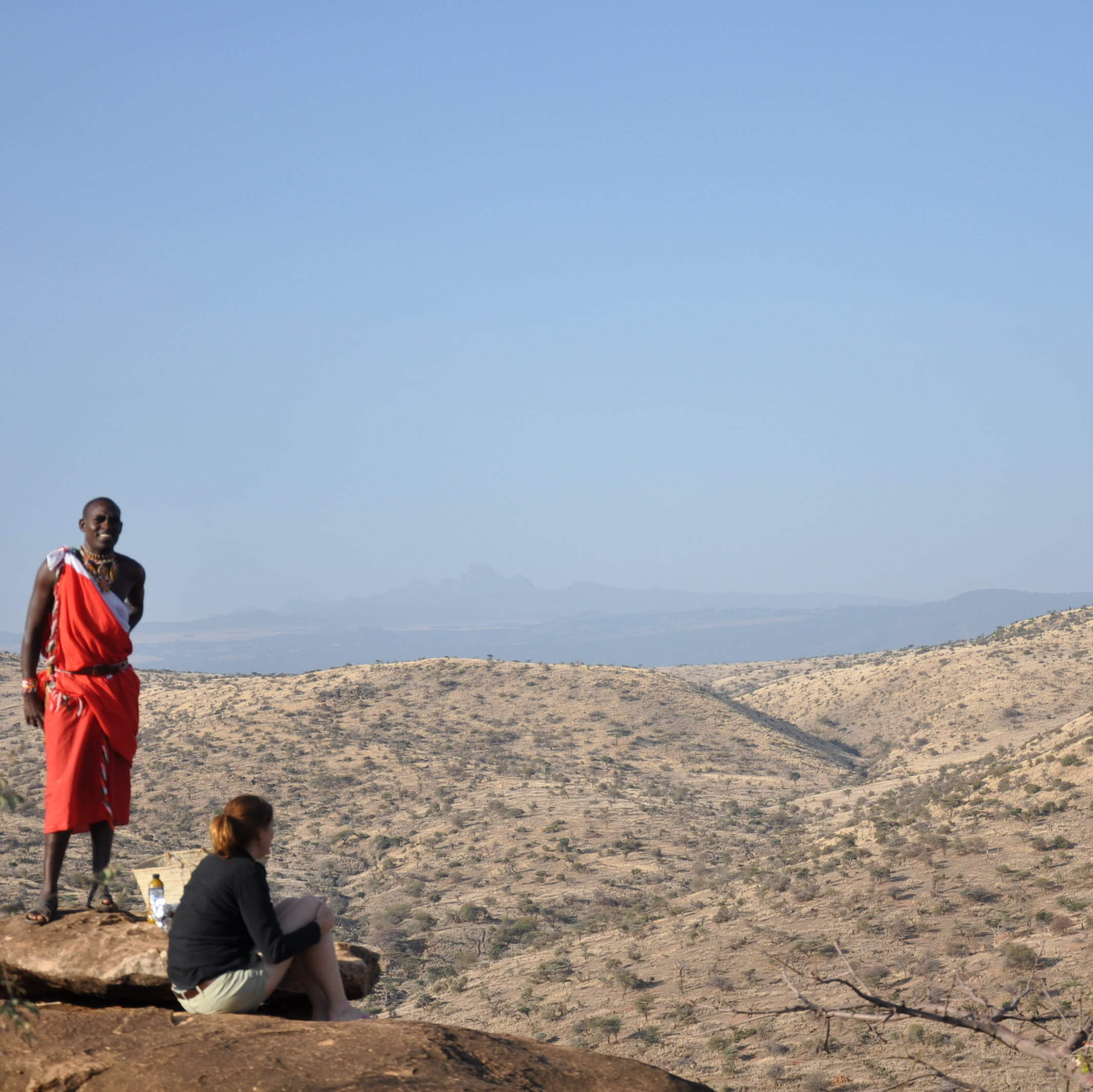
Tassia Lodge
Tassia offers a unique wilderness experience in a remote location: come here for cultural interaction, stunning views and something a bit different.
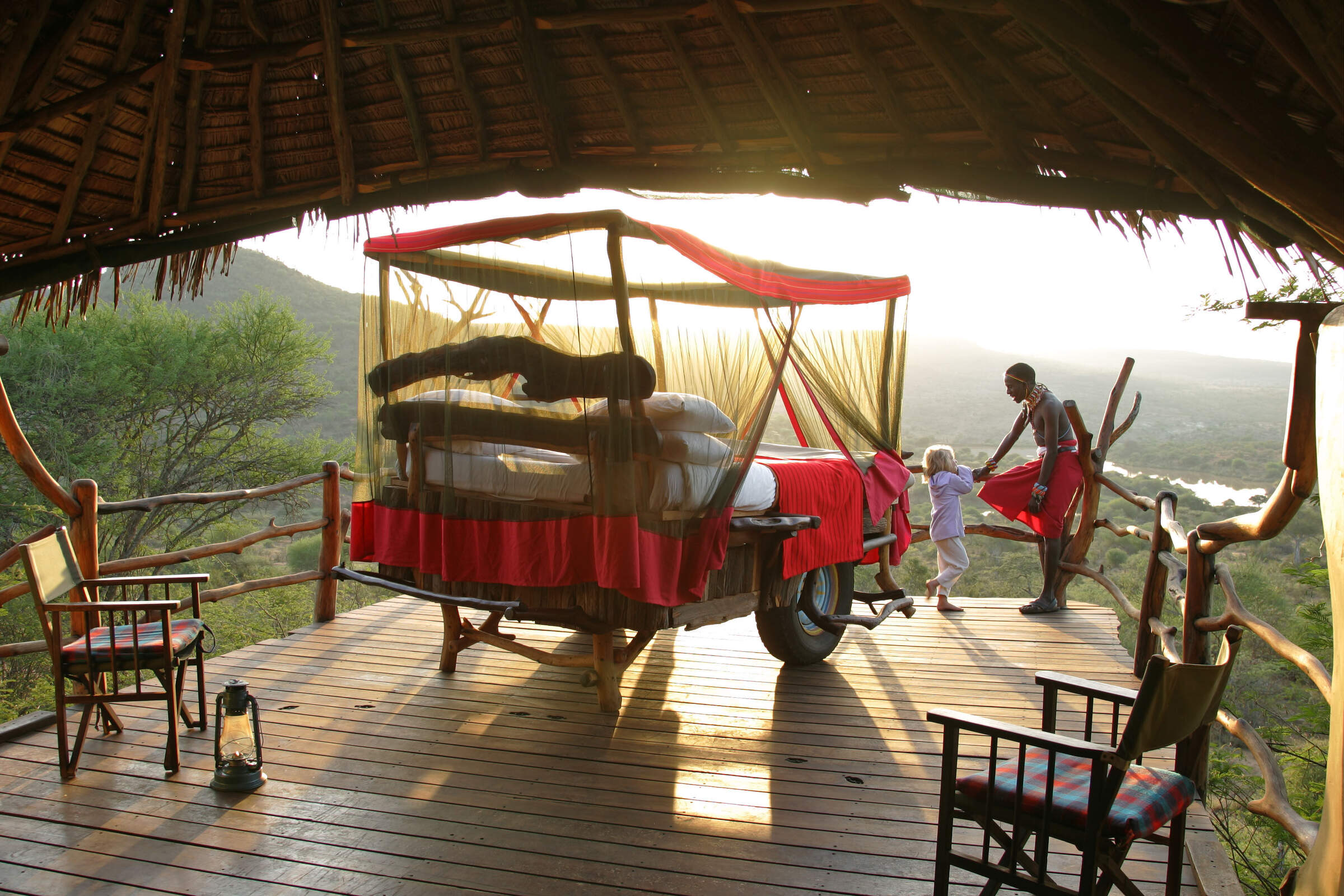
Loisaba Star Beds
Loisaba Starbeds is a simple camp of 4 rooms with pull-out, open-air 'star beds', located near a dam in the Loisaba Conservancy, in northwestern Laikipia.
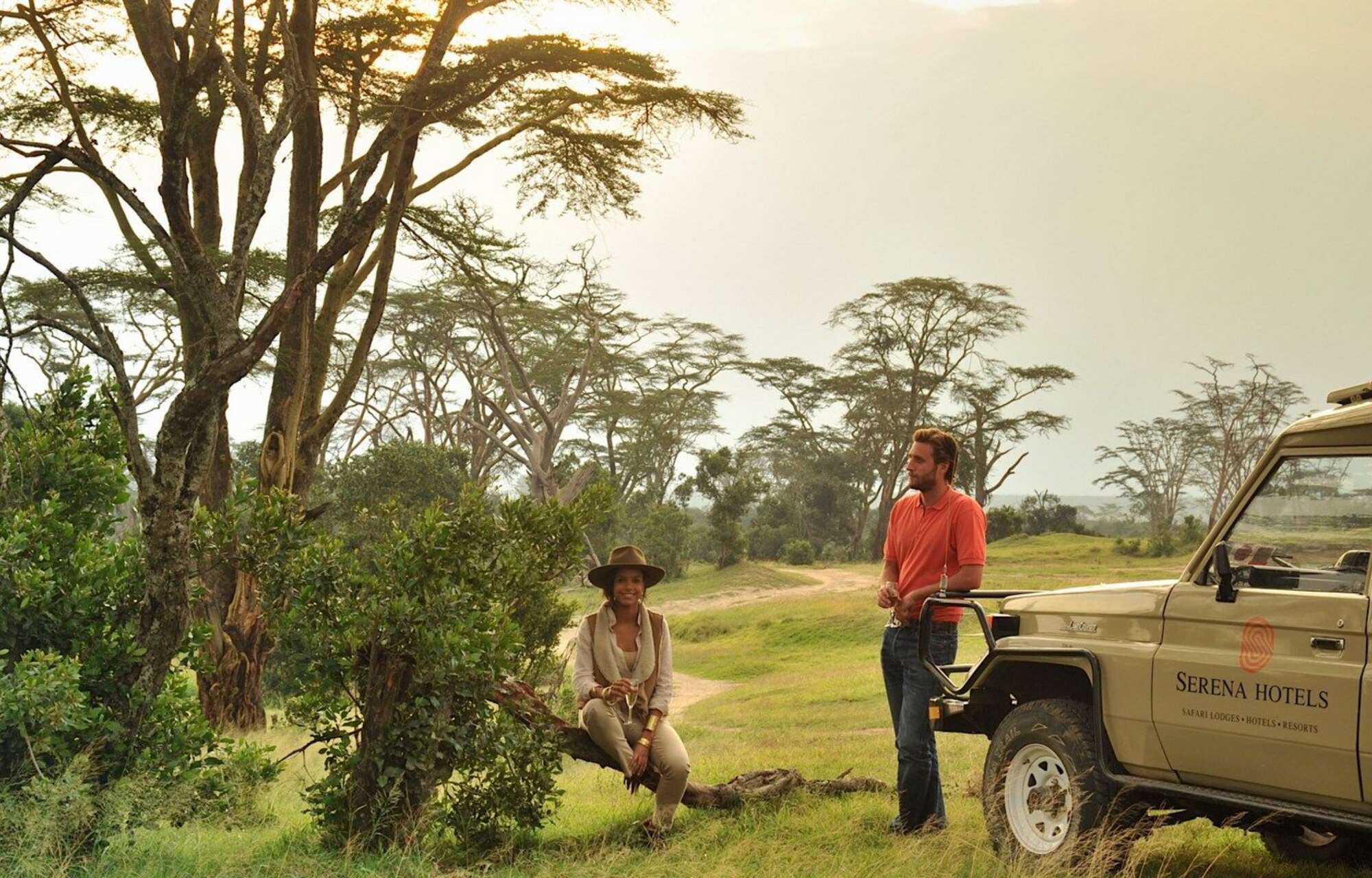
Sweetwaters Serena
Sweetwaters Serena is a large, older tented camp – the largest camp in the Laikipia region – in the eastern part of the Ol Pejeta Conservancy.
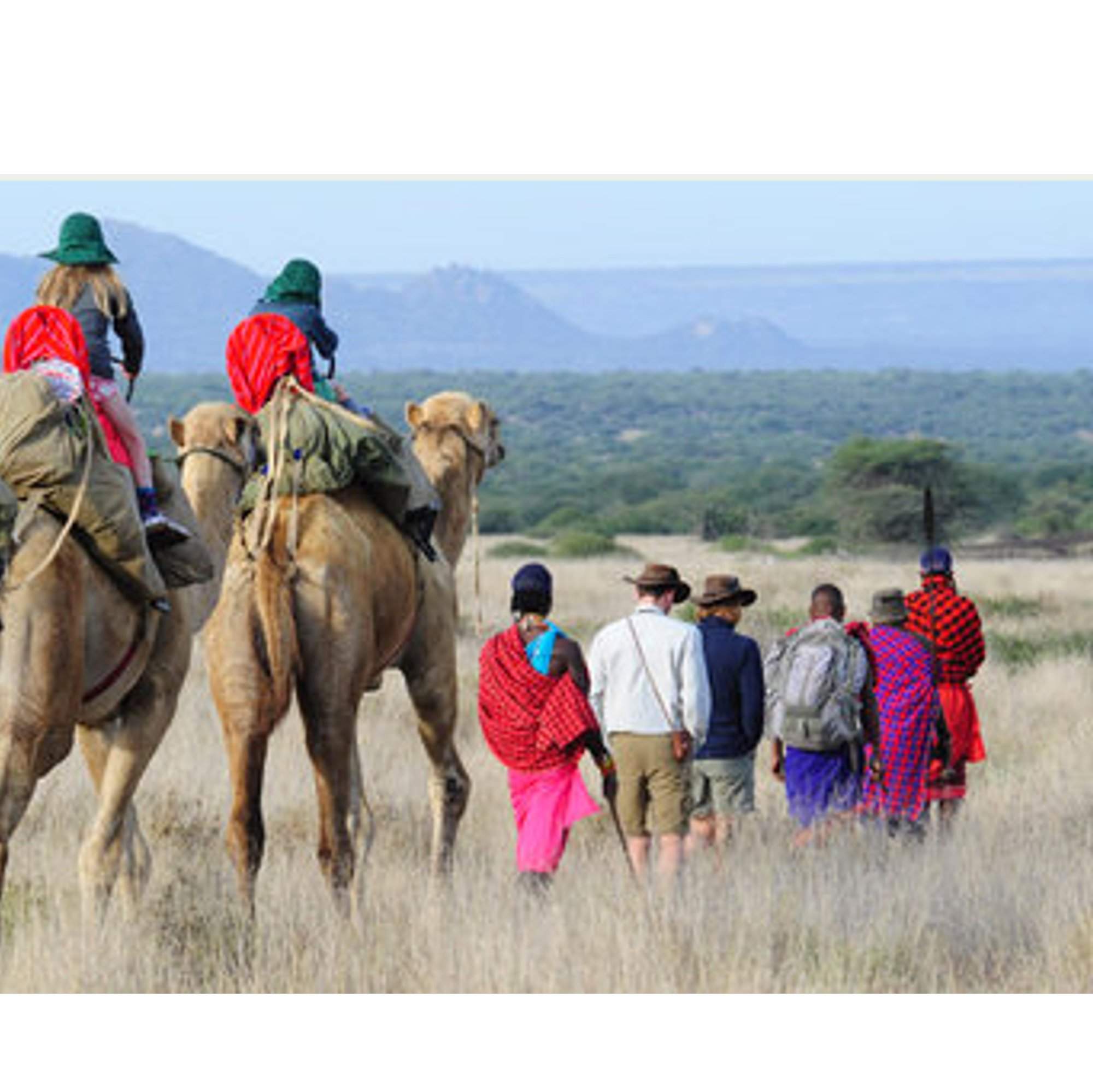
Karisia Walking Safaris
Karisia Walking Safaris operates camel assisted, multi-day walking safaris from its main camp, Tumaren, set in a remote part of Laikipia.
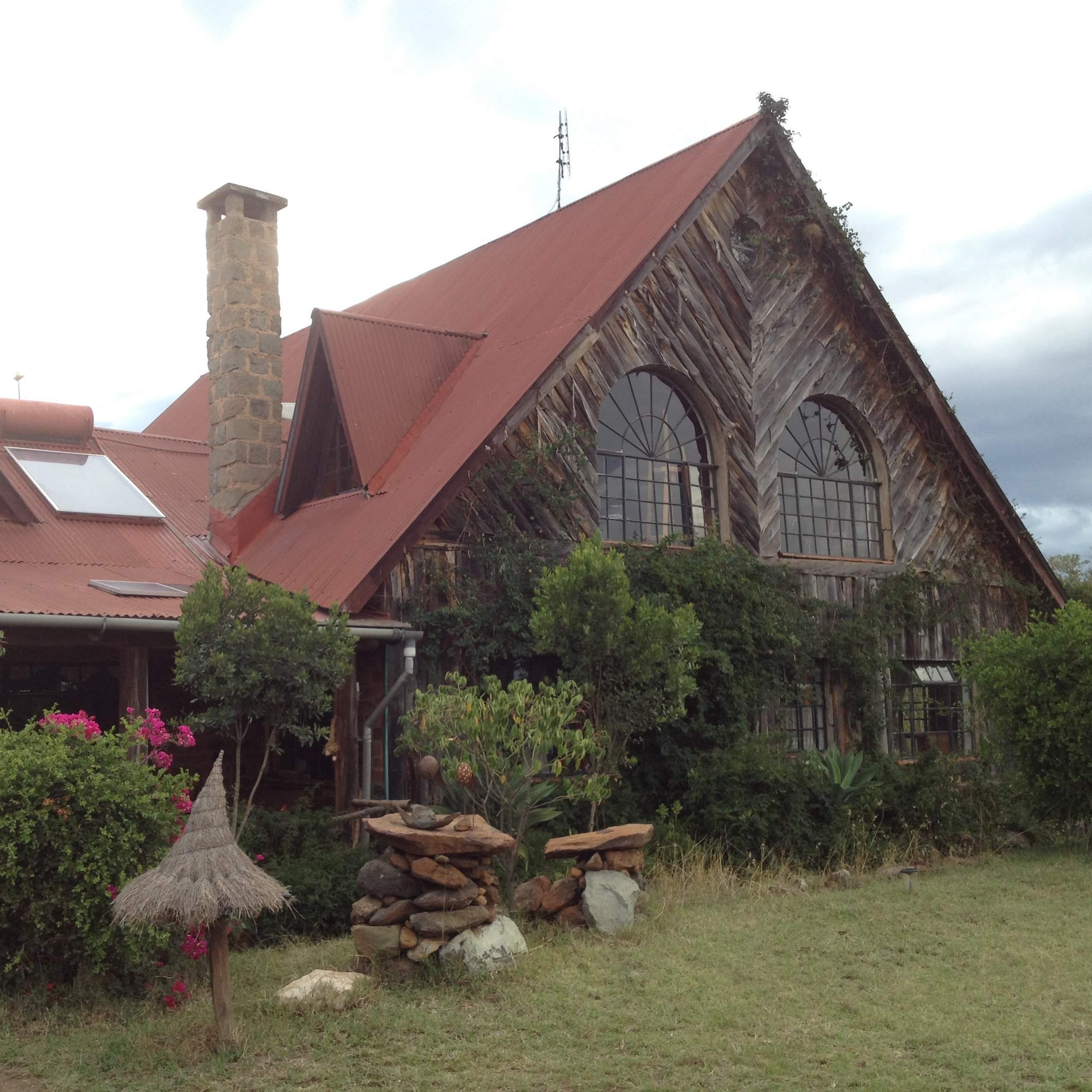
Sandai
Sandai is a pretty, owner-run homestay, set between the Aberdare Range and Mount Kenya, offering a range of activities at extra cost.
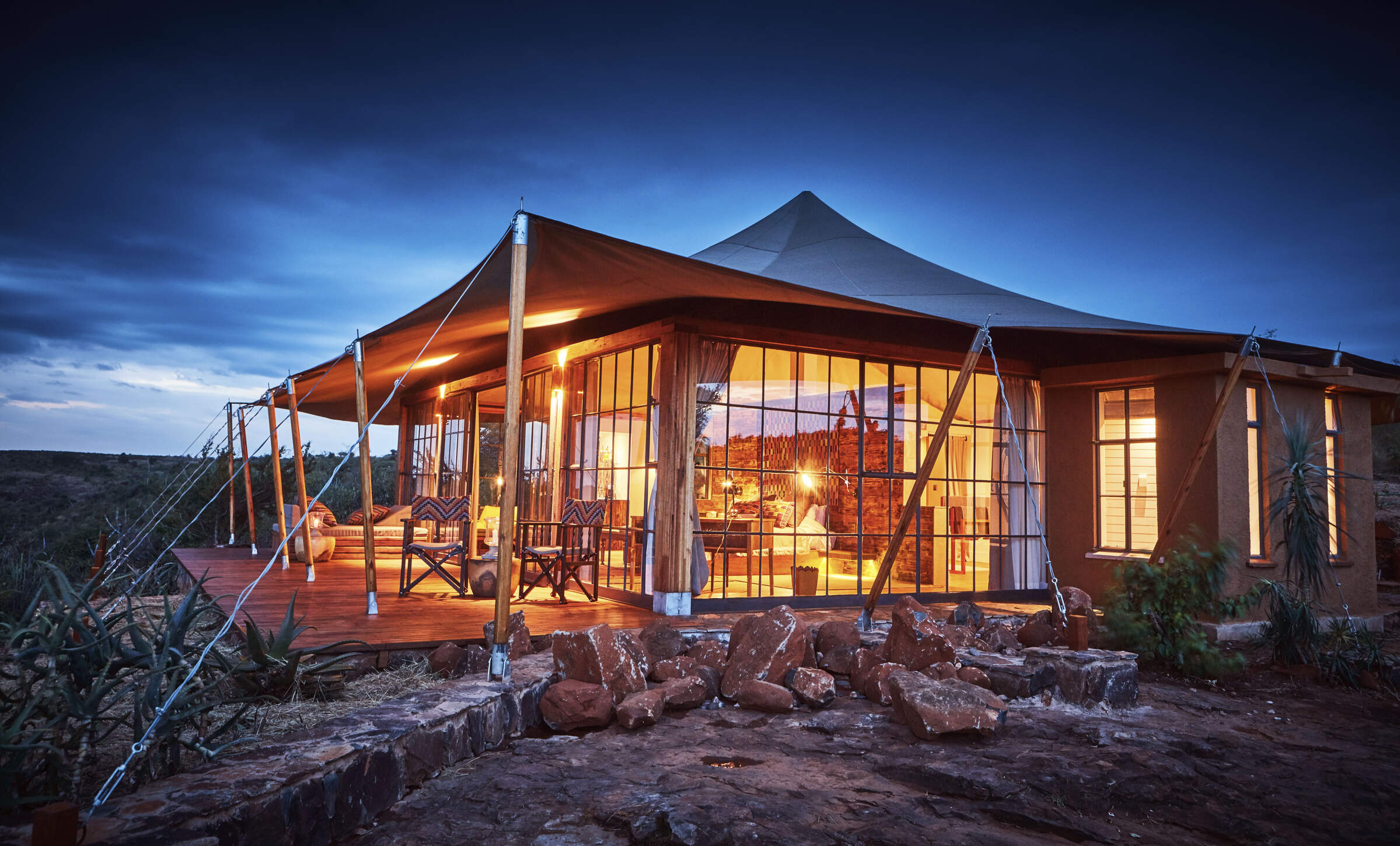
Lodo Springs
Lodo Springs is a spectacularly located luxury lodge in a remote spot in the Loisaba Conservancy, sister lodge to Loisaba Tented Camp and Loisaba Star Beds.
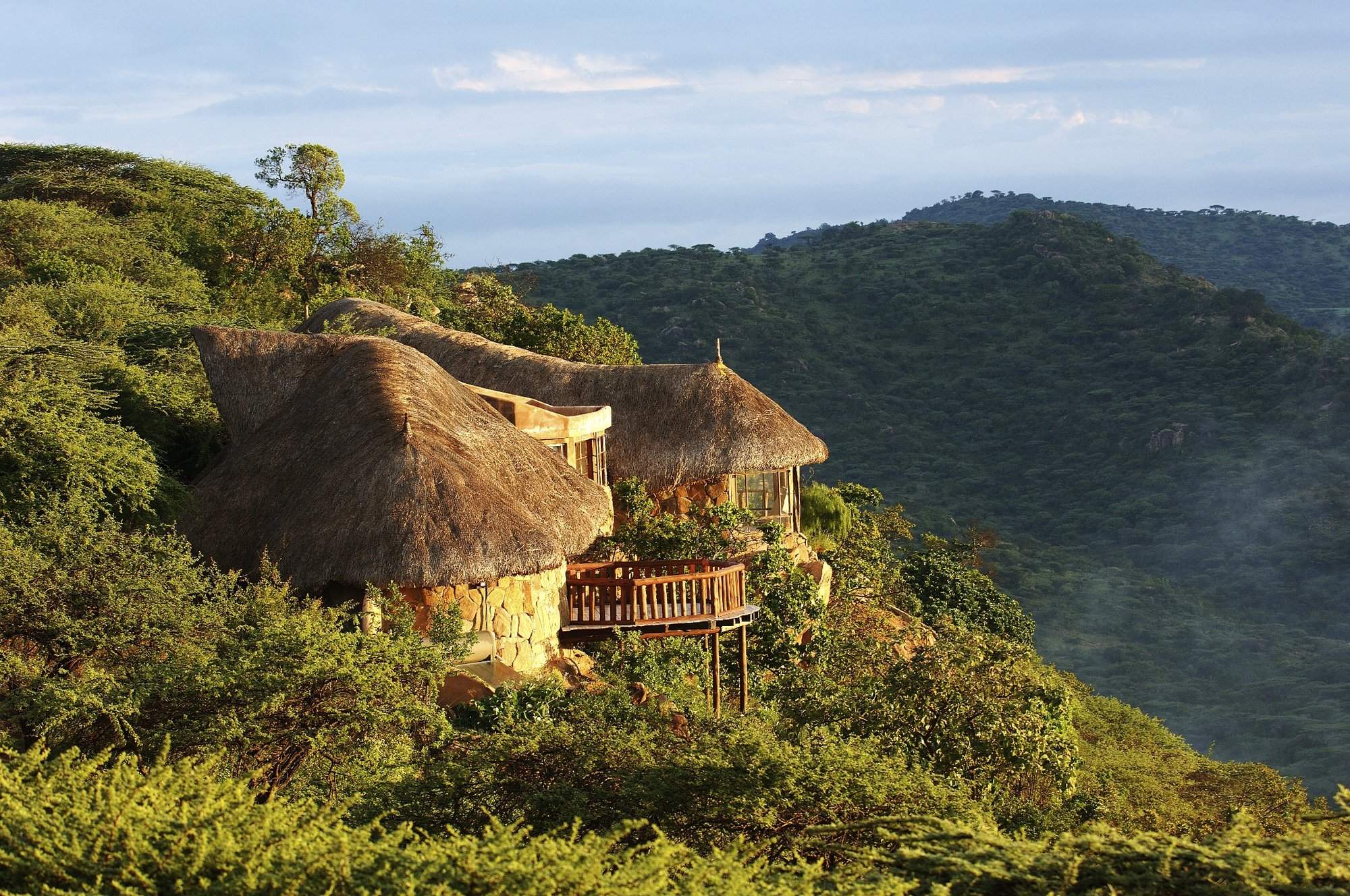
Sanctuary at Ol Lentille
The Sanctuary at Ol Lentille is an unusual safari lodge in northern Laikipia, consisting of three exclusive villas, and offering a huge range of activities.
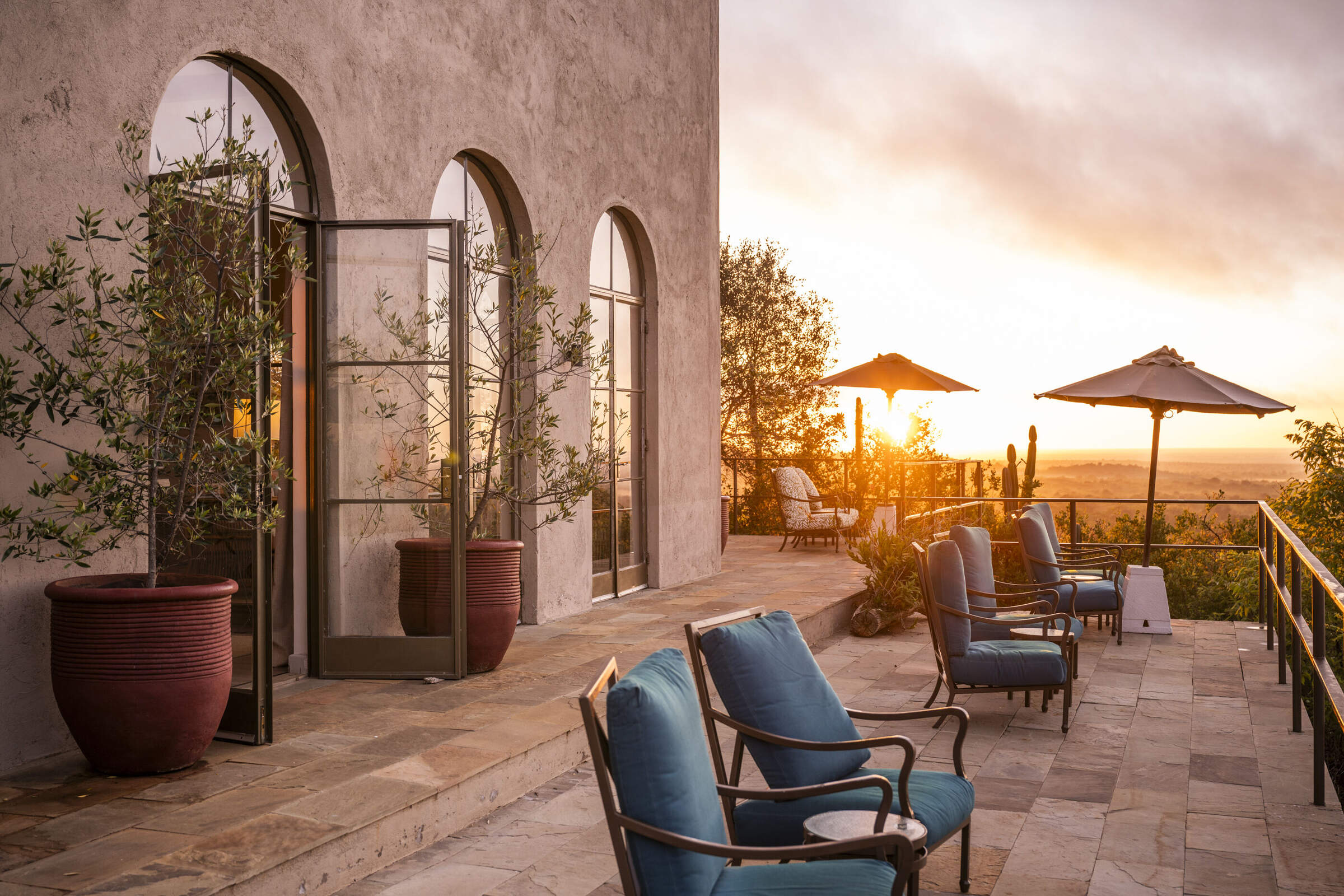
Governors' Mugie House
Governors' Mugie House – a substantial, luxury safari lodge – is one of only two properties in the Mugie Conservancy in northwestern Laikipia.
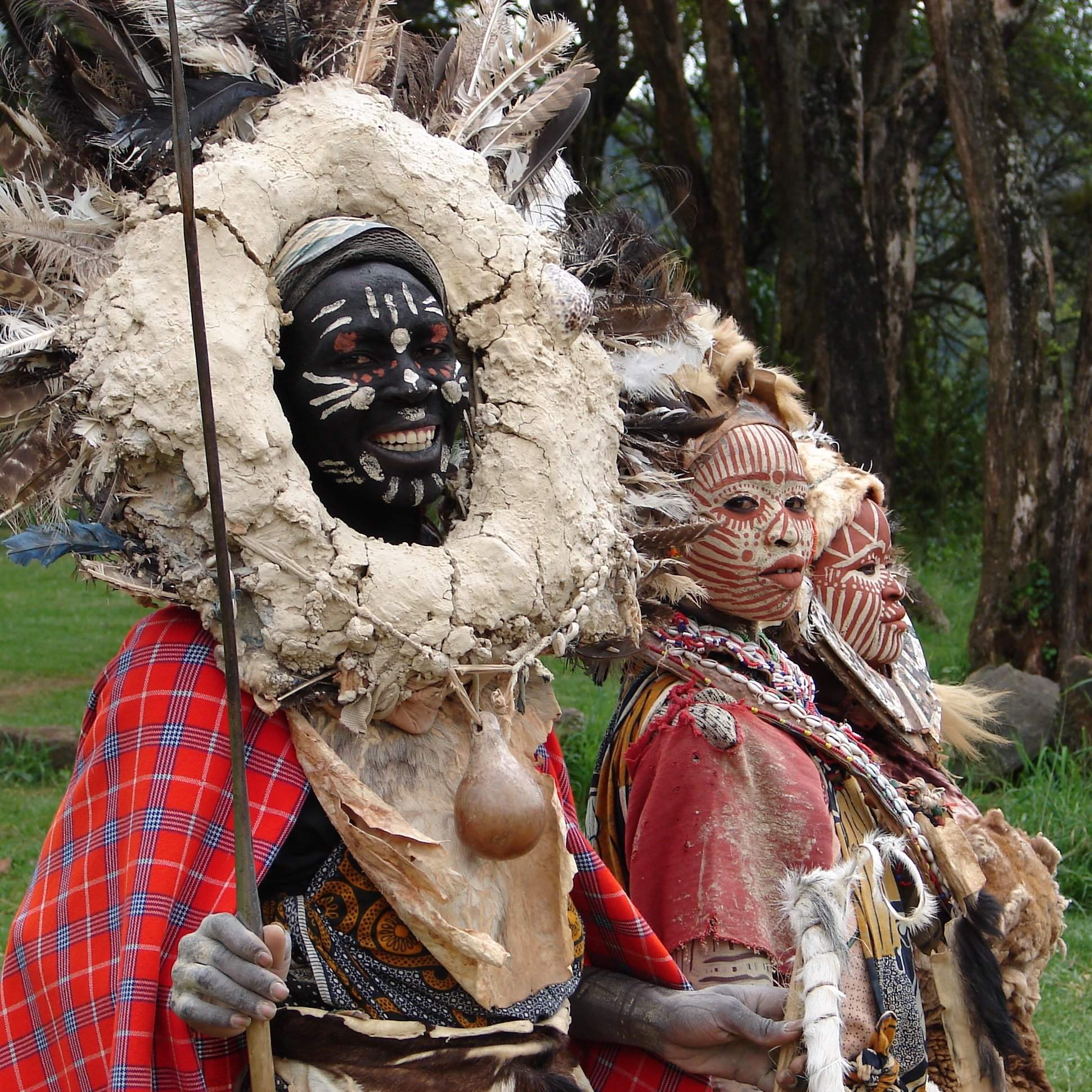
Thomsons Falls Lodge
Thomsons Falls Lodge is a simple hotel dating back to the colonial era, located above the falls of the same name, near the western Laikipia town of Nyahururu.
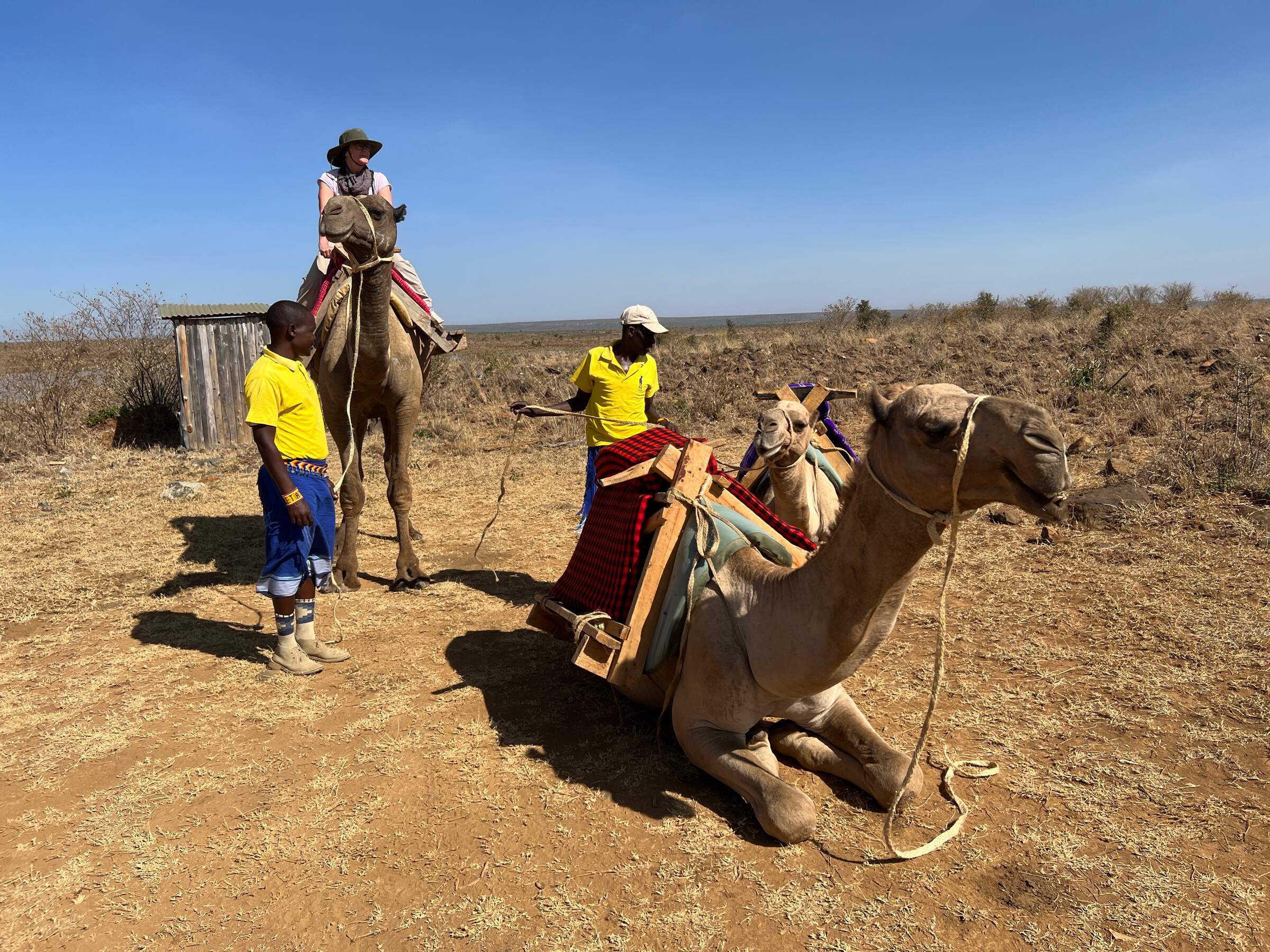
Ekorian's Mugie Camp
Ekorian's Mugie Camp is a pleasant, family-friendly safari camp in a remote location in northwestern Laikipia.
When to go to Laikipia
Our month by month guide: What it's like to visit Il Ngwesi Eco-Lodge in Laikipia
Jan
Feb
Mar
Apr
May
Jun
Jul
Aug
Sep
Oct
Nov
Dec
Laikipia in January
Clear, warm days and mild nights make this a popular time for safaris in Laikipia. It's excellent for game viewing in all the conservancies, where water sources attract diverse wildlife. The dry conditions make it easier to spot black rhinos, lions and leopards. Star bed sleep-out options at a number of lodges are particularly magical under the clear night skies.
After the New Year period, many camps and lodges treat January as mid-season, offering good value. The landscape retains some greenery, enhancing photography.
- Clear days ideal for safaris
- Excellent visibility for wildlife viewing
- Dry riverbeds attract wildlife to water sources
- Calving season for wildebeest and antelopes
- Palearctic migrant birds abundant
Our view
Fantastic: the very best time to visit
Weather in January
Laikipia in February
With the short dry season well established in Laikipia, wildlife gathers close to water points, making it an excellent time for safaris. Ol Pejeta and Lewa Wildlife Conservancies offer prime viewing opportunities for endangered species like black rhinos and Grevy's zebras. Solio Rhino Conservancy provides exceptional black rhino sightings during this period. The grass is grazed down, improving visibility across the region.
February is ideal for walking safaris, where you can appreciate the smaller details of the ecosystem. The clear skies make stargazing from star beds an unforgettable experience. Cultural visits to local communities are particularly rewarding, as the pleasant weather encourages outdoor activities and interactions.
- Prime time for wildlife gathering near water
- Ideal conditions for walking safaris
- Palearctic migrant birds still present
- Low rainfall makes game drives rewarding
Our view
A very good time to visit
Weather in February
Laikipia in March
As March progresses in Laikipia, the weather becomes increasingly hot and humid with more rain likely later in the month. Through most of the month, conditions are still good for game drives in most districts. As the month advances, the buildup to the rainy season becomes apparent.
This period can offer unique photographic opportunities as animals congregate around diminishing water sources. Accommodation costs decrease as the low season approaches.
- Early month offers great wildlife viewing
- Hot weather transitions to occasional rains
- Lower visitor numbers
- Lush vegetation begins to appear
Our view
A good time to visit, with pros & cons
Weather in March
Laikipia in April
April usually sees established, serious rainfall in much of Laikipia, transforming the landscape. The southeast monsoon wind brings cooler temperatures and frequent downpours. While game viewing can be challenging due to lush vegetation, the green season offers unique experiences, with new-born animals visible among the verdant scenery.
The landscape bursts into life with vibrant colours, ideal for photography. Birdwatching is excellent with many species breeding. This is a quieter time for tourism, with lower accommodation rates at many places allowing for a more exclusive safari experience for great levels of service.
- Long rains begin, transforming landscapes
- Green season offers unique photo opportunities
- Lower rates at Laikipia's luxury lodges
- Buffalo and zebra calving season commences
- Birdwatching excellent
Our view
A good time to visit, with pros & cons
Weather in April
Laikipia in May
May in Laikipia is characterised by ongoing rains and lush vegetation. While game viewing can be trickier, the vibrant landscapes offer spectacular photographic opportunities with very little dust. The landscapes are a sea of green, with diverse and thriving flora.
This is an excellent time for birdwatching across the region as breeding season continues. The Ewaso Nyiro river swells impressively. Despite potential challenges, patient visitors may witness dramatic scenes of predators hunting in the thick vegetation.
- Lush vegetation makes wildlife spotting trickier
- Great for landscape and nature photography
- Rutting season for wildebeest and impalas
- Frog breeding season in Laikipia's wetlands
- Mount Kenya views improve with clearer air
Our view
A good time to visit, with pros & cons
Weather in May
Laikipia in June
As June progresses in Laikipia, the rains give way to slightly cooler, cloudy weather. This transition marks the beginning of a long, generally dry, high season for visitors. Game viewing improves as vegetation starts to thin, and conditions are comfortable.
The Ewaso Nyiro river, still full from the rains, attracts diverse wildlife. Accommodation rates begin to rise, reflecting the start of peak season.
- Rains subside, ushering in cooler weather
- High season begins with increased visitors
- Comfortable conditions game viewing
Our view
A good time to visit, with pros & cons
Weather in June
Laikipia in July
July in Laikipia brings cooler temperatures and ideal conditions for safaris. Animals concentrate around water sources on the conservancies, providing excellent game viewing opportunities.
July marks the peak of the high season, with higher accommodation rates and visitor numbers. The dry conditions make it easier to spot elusive species like leopards and black rhinos.
- Cool weather perfect for walking and riding
- Wildlife concentrates around water sources
- Excellent conditions for photography tours
Our view
A good time to visit, with pros & cons
Weather in July
Laikipia in August
August in Laikipia offers mild, dry weather, perfect for safaris. The conservancies teem with wildlife, including endangered species like black rhinos and Grevy's zebras. The landscapes offer stunning vistas and excellent conditions for game drives and walking safaris. The dry conditions make it easier to spot big cats across the region. This is peak season, so expect higher visitor numbers and accommodation rates.
You might consider combining your Laikipia safari with a stay at the nearby Samburu National Reserve, known for its “northern five” species – Grevy’s zebra, reticulated giraffe, beisa oryx, gerenuk and Somali ostrich.
- Peak season for wildlife viewing in Laikipia
- Mild weather ideal for outdoor activities
- Busy period requires advance bookings
Our view
A good time to visit, with pros & cons
Weather in August
Laikipia in September
As September progresses in Laikipia, the weather typically remains dry with clearing skies, signalling excellent safari conditions. Early September can be busy, but visitor numbers decrease later in the month. In the conservancies, game viewing is exceptional as animals congregate around limited water sources.
September generally offers excellent conditions for photography.
- Hot, dry weather with good visibility
- Quieter period for more exclusive safaris
- Natural bush fires flush out insects and small animals for predators
Our view
Fantastic: the very best time to visit
Weather in September
Laikipia in October
October in Laikipia brings generally hot and mostly dry conditions, ideal for safaris. It's a favourite month for many visitors due to the good weather and fewer visitors. The conservancies offer excellent game viewing, with animals concentrated around water sources. The Solio Rhino Conservancy provides exceptional rhino sightings in the dry conditions.
Birdwatching is rewarding as Palearctic migrants begin to arrive. Cultural visits to Maasai communities remain a highlight. Consider combining your Laikipia safari with a trip to the nearby Samburu National Reserve for a diverse wildlife experience.
- Warm or hot and mostly dry conditions for safaris
- Migratory birds start arriving
- Perfect for photography
Our view
A very good time to visit
Weather in October
Laikipia in November
November in Laikipia marks the beginning of the short rains, usually in the latter half of the month. This transition brings about dramatic changes in the landscape. Early November can still offer good game viewing before the rains intensify. Then the bush begins to green, creating beautiful scenery.
As the low season begins, accommodation rates decrease, and visitor numbers drop too, allowing for a more exclusive safari experience. Birdwatching becomes excellent with the arrival of many migratory species. November is ideal for photographers capturing the changing landscapes and dramatic skies, with low dust and clear air. Cultural visits to Maasai communities offer insights into how local life adapts to the changing seasons.
- Short rains begin, transforming landscapes
- Low season offers better rates and privacy
- Excellent time for birdwatching in Laikipia
- Lush scenery provides stunning backdrops
Our view
A good time to visit, with pros & cons
Weather in November
Laikipia in December
In a typical December, Laikipia sees the short rains finish by mid-month, leaving the landscape at its most beautiful. Clear blue skies return, heralding the start of the second peak visitor season from around 20 December onwards. The conservancies offer excellent game viewing with lush backdrops.
Christmas can occasionally be wet, but most years see perfect safari conditions by the festive season. This is an ideal time to combine wildlife viewing with cultural experiences, such as visiting Maasai communities.
- Rains typically end, leaving landscapes lush
- Peak tourist season begins mid-month
- Christmas safaris popular in conservancies
- Night sky clarity ideal for stargazing
Our view
A good time to visit, with pros & cons
Weather in December

Looking for inspiration on where to travel next?
Visit our trip chooser to explore your options and find inspiration for your perfect African adventure
Inspire me